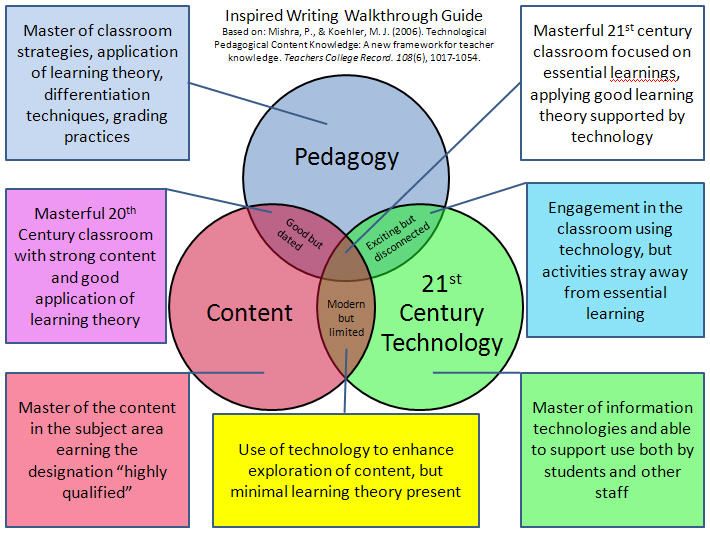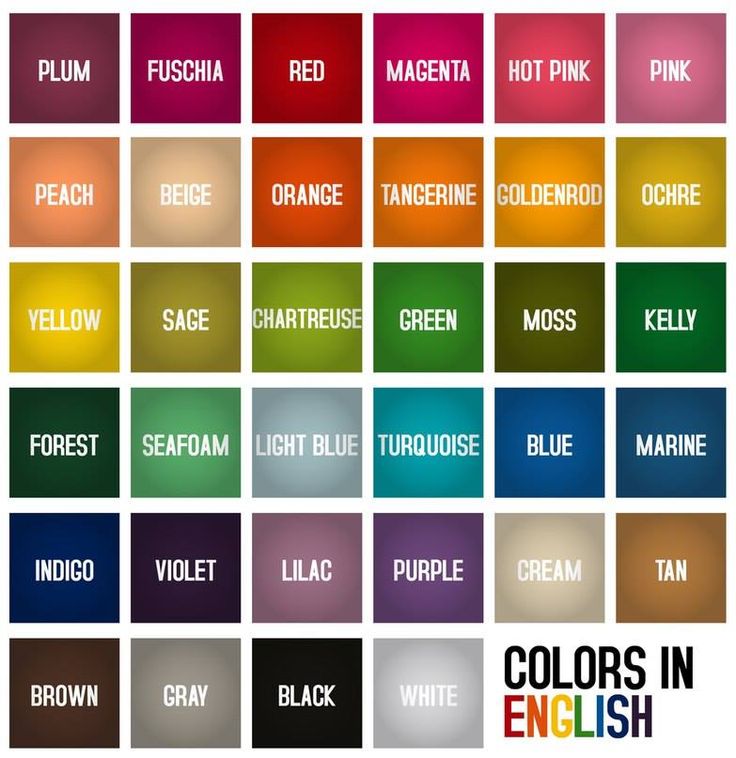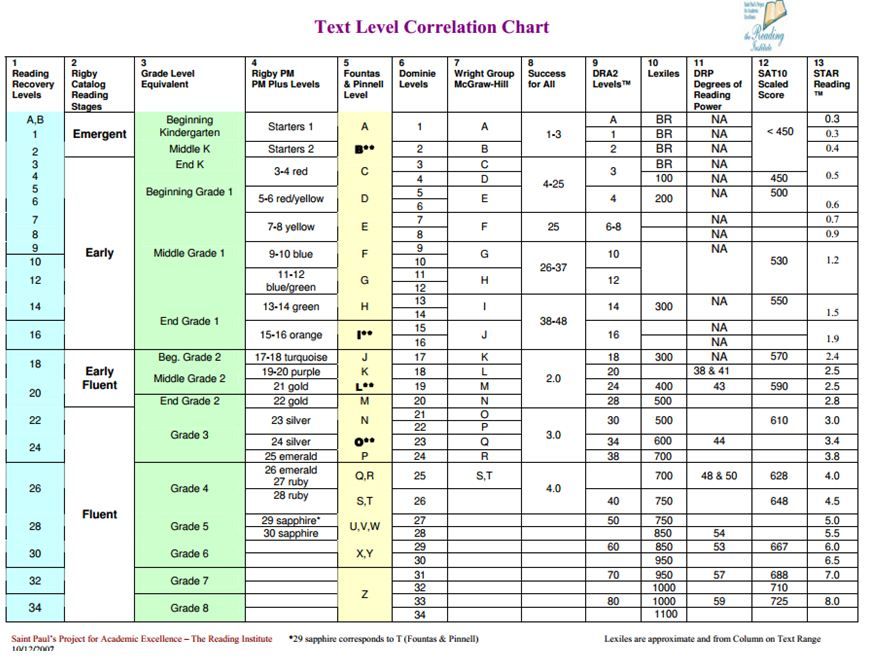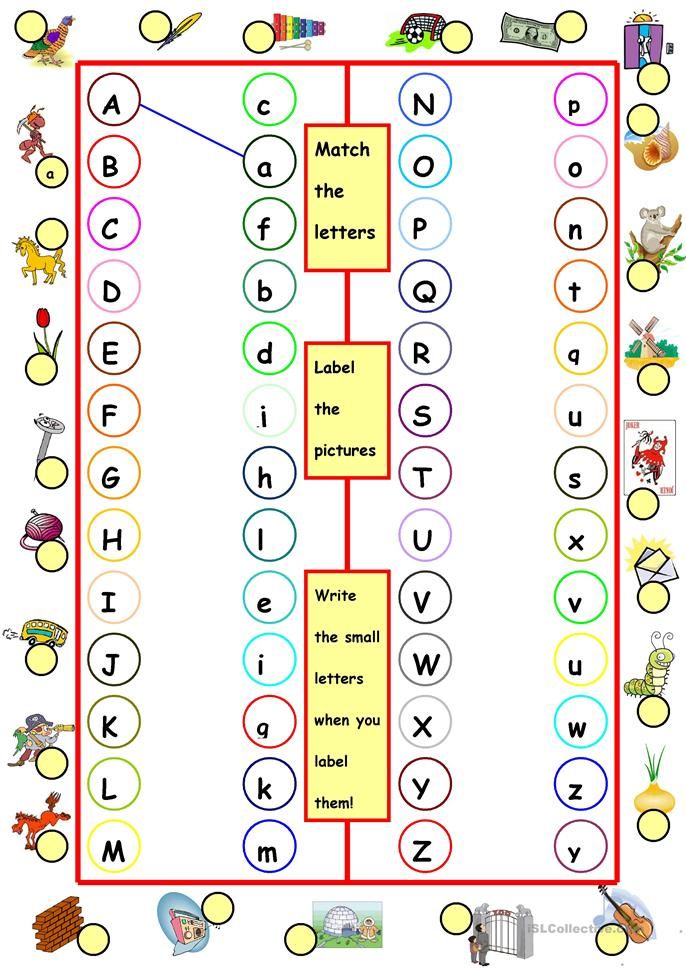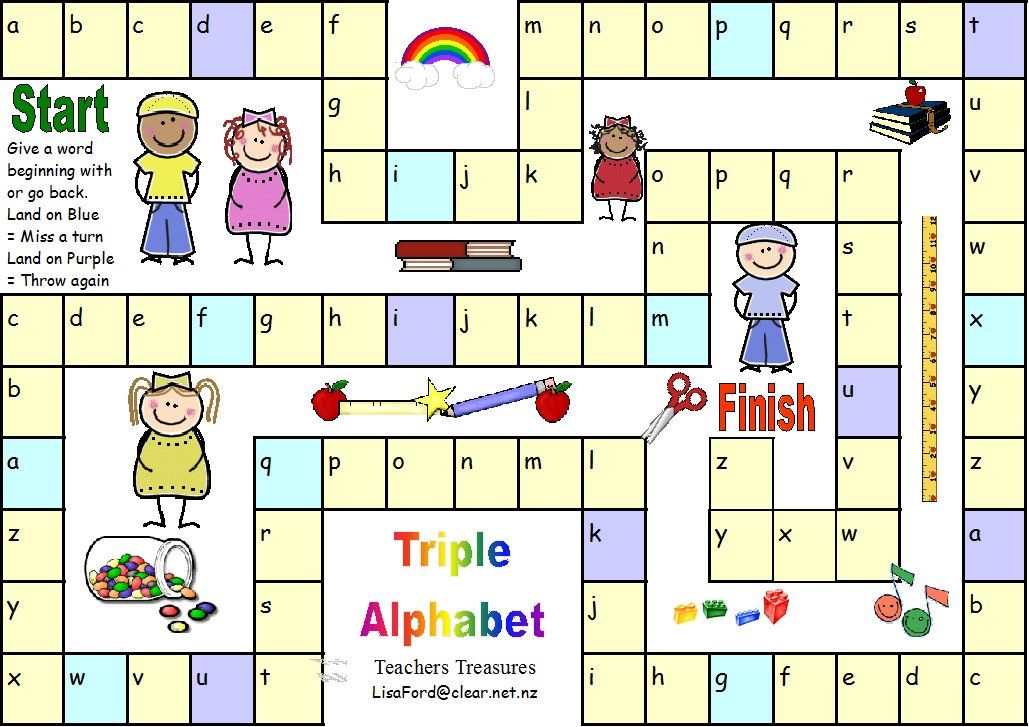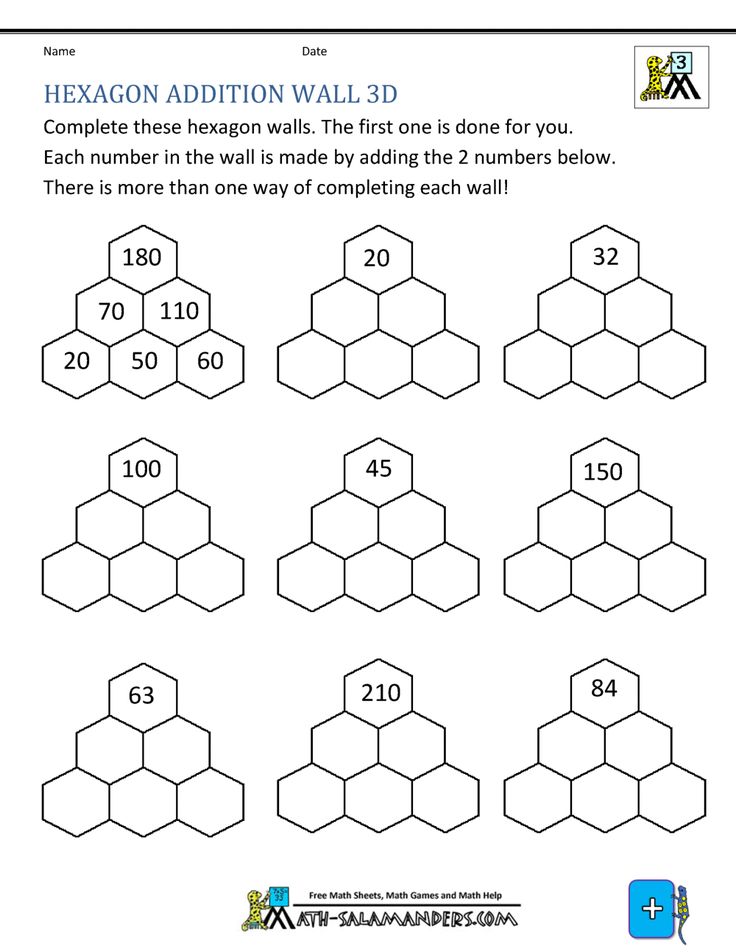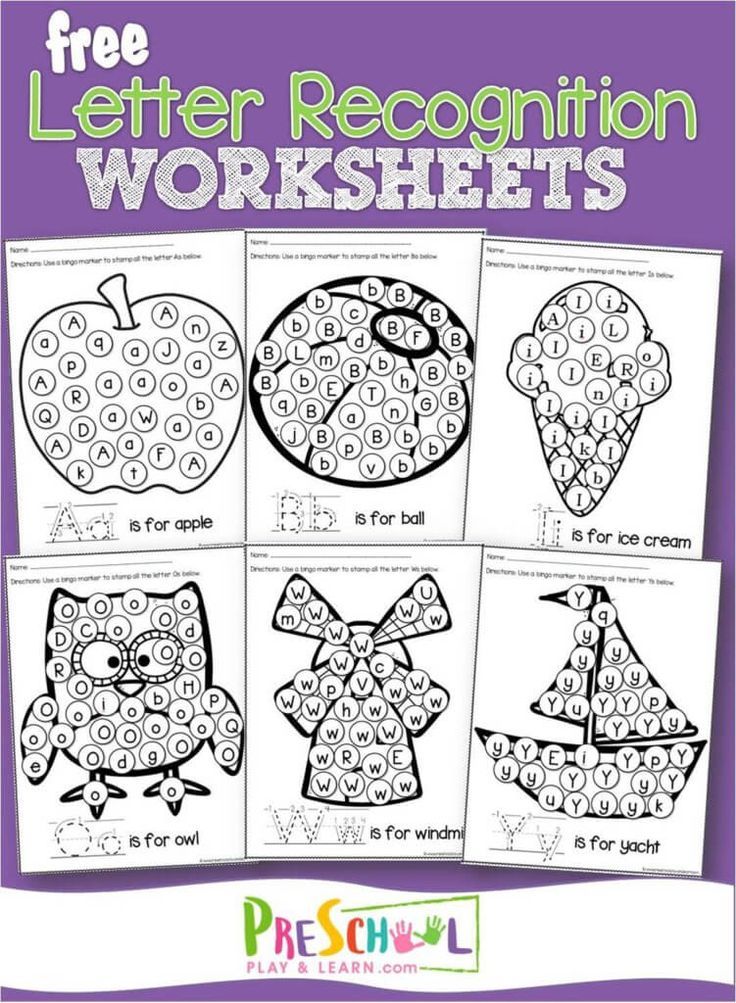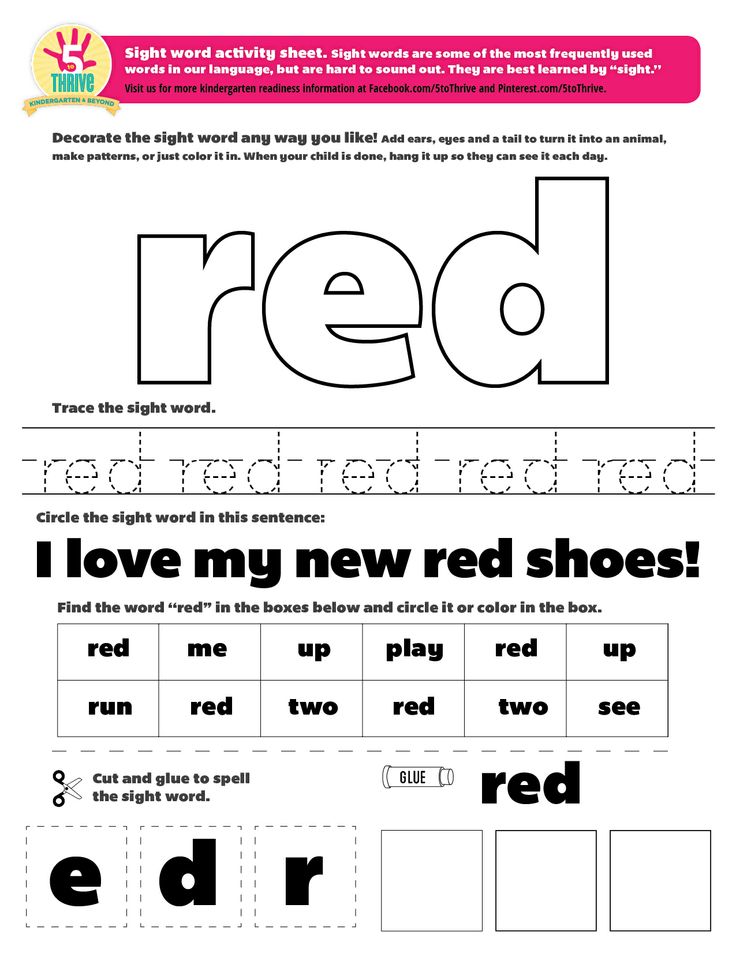Concepts of print strategies
Concepts of Print: Ideas for Teachers
By: Michigan's Mission: Literacy
Discover 20 ways to help children learn about concepts of print — that print carries meaning, directionality in a book, letter and word awareness, upper case and lower case letters, punctuation, and more.
- Provide children with daily opportunities to participate in shared reading.
- Encourage children to bring books from home to share.
- Talk about the children’s own writing and drawings to help them.
- Model as you read that the message is in the print, demonstrating the one-to-one correspondence between spoken and written words.
- Make references to words, spaces, letters, lines of print, left to right, top to bottom, direction of print, in big books that you have read and as you model writing.
- Use environmental print to make references to words, spaces, letters and lines of print.
- Develop the concept of “left to right” by sticking a green dot on the left-hand top corner of the child’s desk to act as a reminder.
- Have children suggest where the teacher should start when transcribing stories or beginning to read their big books.
- Provide opportunities for paired reading. Ask an older student to read while a younger child follows along with his/her finger.
- Count the words in a line of print or clap for each word spoken to help develop the children’s concept of a word.
- Write a child’s news sentence onto sentence strips. Cut one sentence into individual words and encourage children to match words to the sentence strip, specifically using “first word,” “last word.”
- Use name cards, nursery rhymes, room item labels, etc., to help children recognize words that are important to them.
- Build up a bank of words frequently written or recognized by children. Display and refer to them when appropriate. Encourage children to refer to them when they are “writing.”
- Use a variety of incidental activities to develop the concept of letter, e.g., play with letter cars, magnetic letters, plastic letters and alphabet games.
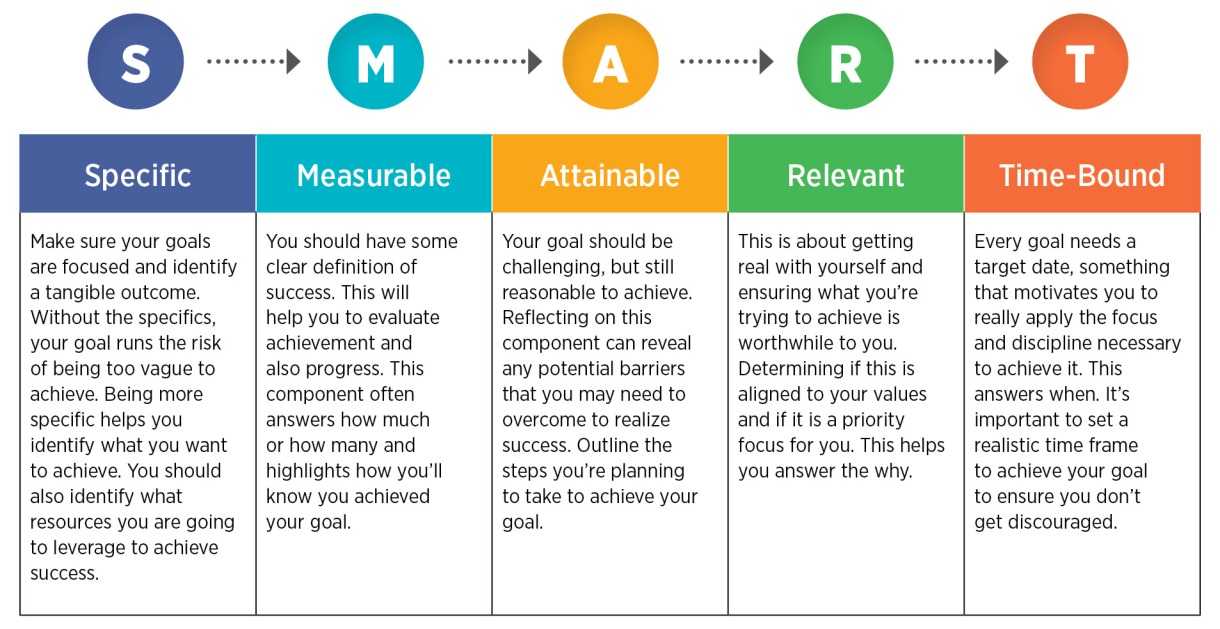 Demonstrate and discuss that letters go together to make words.
Demonstrate and discuss that letters go together to make words. - Display an alphabet chart and talk about letters in other contexts, making sure the children can see that a letter is different from a word.
- Make available capital and lower case letters of the alphabet for children to use and manipulate.
- Model the use of conventions such as full stops, questions, pauses, etc., in context while modeling reading and writing.
- Make use of quality book and tape sets so that children can hear different interpretations of the print.
- Use elbow macaroni to “make sentences” with quotations and commas.
- Have student’s highlight (specific) punctuation.
Michigan's Mission: Literacy (2016)
Reprints
You are welcome to print copies for non-commercial use, or a limited number for educational purposes, as long as credit is given to Reading Rockets and the author(s). For commercial use, please contact the author or publisher listed.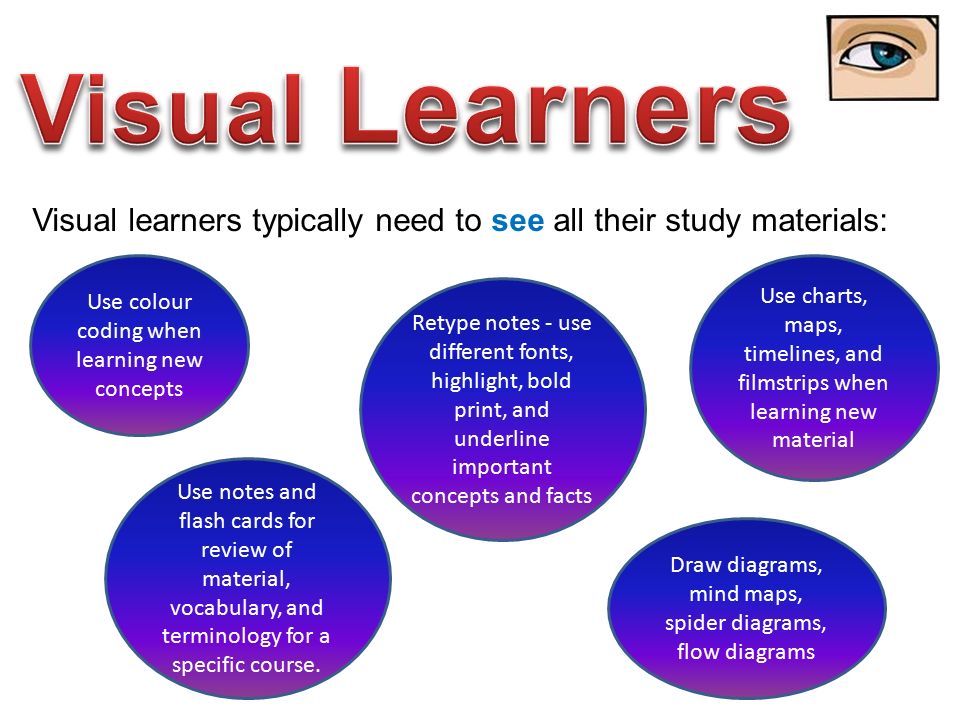
Related Topics
Print Awareness
New and Popular
Print-to-Speech and Speech-to-Print: Mapping Early Literacy
100 Children’s Authors and Illustrators Everyone Should Know
A New Model for Teaching High-Frequency Words
7 Great Ways to Encourage Your Child's Writing
Screening, Diagnosing, and Progress Monitoring for Fluency: The Details
Phonemic Activities for the Preschool or Elementary Classroom
Our Literacy Blogs
Shared Reading in the Structured Literacy Era
Kids and educational media
Meet Ali Kamanda and Jorge Redmond, authors of Black Boy, Black Boy: Celebrating the Power of You
Get Widget |
Subscribe
Print Awareness: Guidelines for Instruction
By: Texas Education Agency
Print awareness is a child's earliest understanding that written language carries meaning. The foundation of all other literacy learning builds upon this knowledge. The following are guidelines for teachers in how to promote print awareness and a sample activity for assessing print awareness in young children.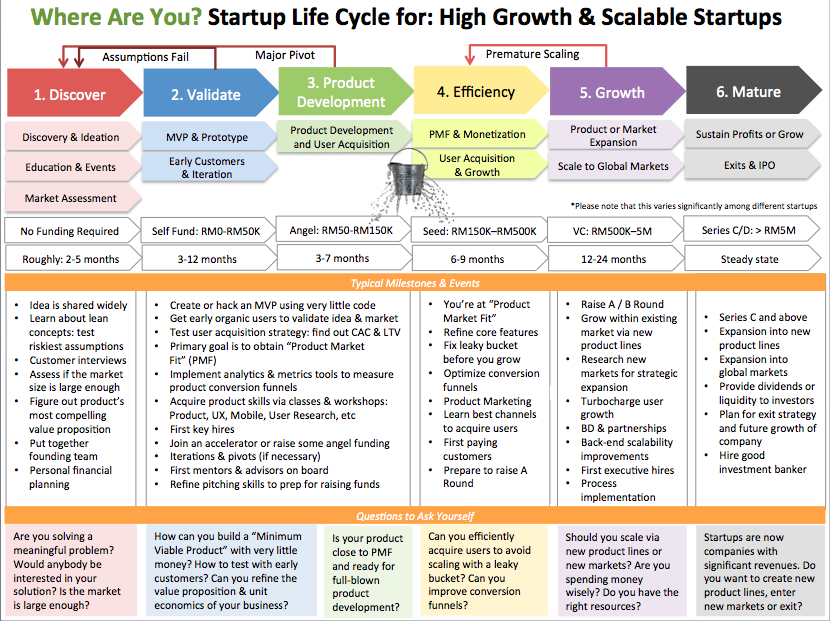
Guidelines for promoting print awareness
- The organization of books
Make sure students know how books are organized. They should be taught the basics about books – that they are read from left to right and top to bottom, that print may be accompanied by pictures or graphics, that the pages are numbered, and that the purpose of reading is to gain meaning from the text and understand ideas that words convey.
- Read to students
Read to children from books with easy-to-read large print. Use stories that have predictable words in the text.
- Use "big books" and draw attention to words and letters
Help children notice and learn to recognize words that occur frequently, such as a, the, is, was, and you. Draw attention to letters and punctuation marks within the story.
- Label objects and centers in your classroom
Use an index card to label objects and centers within the classroom with words and pictures.
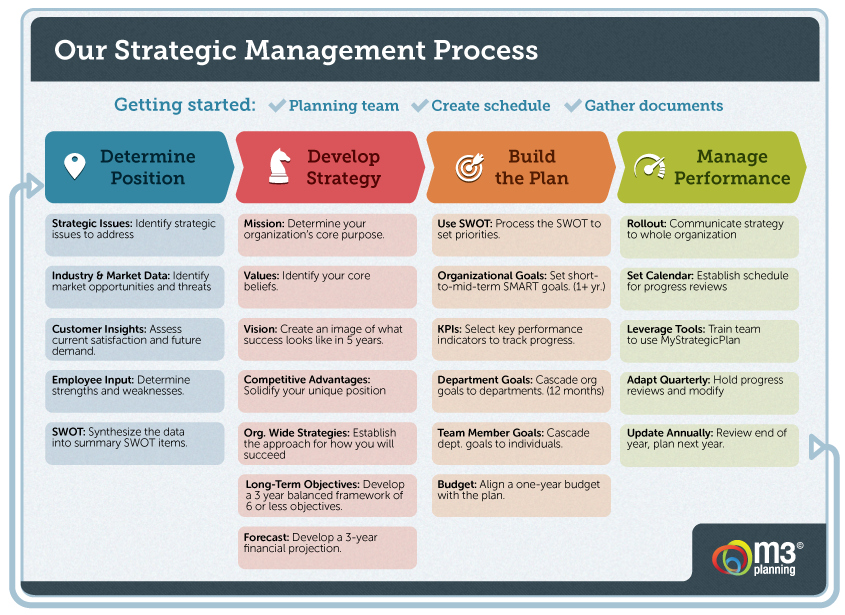 Use an index card with the word "house" for the house center and draw a picture of a house. Draw students' attention to these words when showing them the different centers.
Use an index card with the word "house" for the house center and draw a picture of a house. Draw students' attention to these words when showing them the different centers. - Encourage preschool children to play with print
They can pretend to write a shopping list, construct a stop sign, write a letter, make a birthday card, etc.
- Help children understand the relationship between spoken and written language
Encourage students to find on a page letters that are in their names: "Look at this word, 'big.' It begins with the same letter as the name of someone in this room, 'Ben.'"
- Play with letters of the alphabet
Read the book Chicka Chicka Boom Boom. Place several copies of each letter of the alphabet in a bowl and ask students to withdraw one letter. When everyone has a letter, ask each student to say the letter's name and, if the letter is in his or her own name, have the child keep the letter. Continue until the first child to spell his or her name wins.
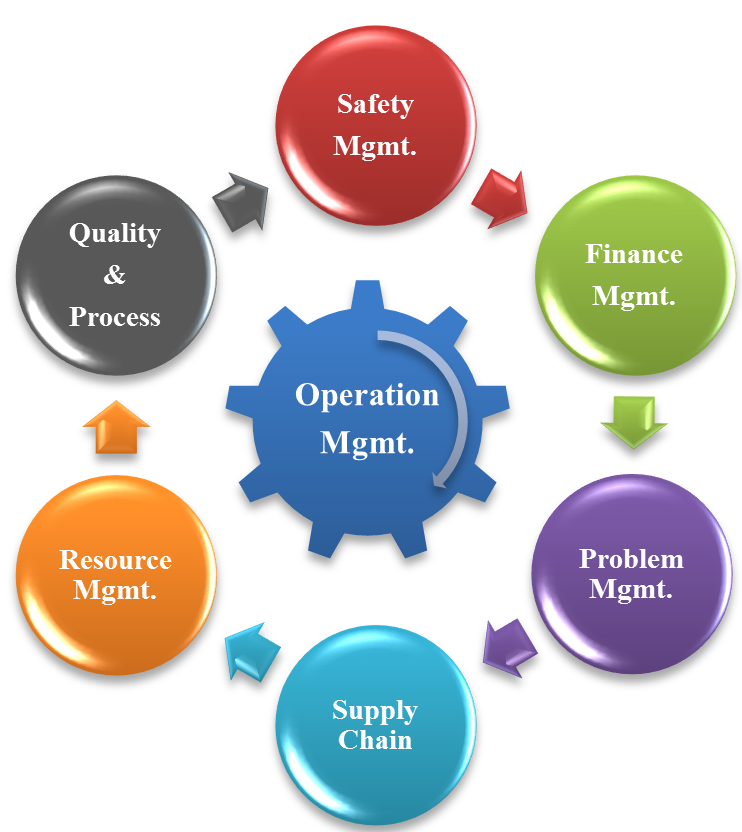
- Reinforce the forms and functions of print
Point them out in classroom signs, labels, posters, calendars, and so forth.
- Teach and reinforce print conventions
Discuss print directionality (print is written and read from left to right), word boundaries, capital letters, and end punctuation.
- Teach and reinforce book awareness and book handling
- Promote word awareness by helping children identify word boundaries and compare words
- Allow children to practice what they are learning
Ask them to listen to and participate in the reading of predictable and patterned stories and books.
- Provide practice with predictable and patterned books
Also try using a wordless picture book like Pancakes. Go through each page asking the children to tell the story from the pictures. Write their narration on a large piece of paper. Celebrate the story they authored by eating pancakes!
- Provide many opportunities for children to hear good books and to participate in read-aloud activities
A sample activity for assessing print awareness
Give a student a storybook and ask him or her to show you:
- The front of the book
- The title of the book
- Where you should begin reading
- A letter
- A word
- The first word of a sentence
- The last word of a sentence
- The first and last word on a page
- Punctuation marks
- A capital letter
- A lowercase letter
- The back of the book
Excerpted and adapted from: Guidelines for Examining Phonics and Word Recognition Programs, Texas Reading Initiative, Texas Education Agency (2002). And from: Tips for Teaching Kids to Read; by Ed Kame'enui, Marilyn Adams, & G. Reid Lyon.
Related Topics
Curriculum and Instruction
Early Literacy Development
Print Awareness
New and Popular
Print-to-Speech and Speech-to-Print: Mapping Early Literacy
100 Children’s Authors and Illustrators Everyone Should Know
A New Model for Teaching High-Frequency Words
7 Great Ways to Encourage Your Child's Writing
Screening, Diagnosing, and Progress Monitoring for Fluency: The Details
Phonemic Activities for the Preschool or Elementary Classroom
Our Literacy Blogs
Shared Reading in the Structured Literacy Era
Kids and educational media
Meet Ali Kamanda and Jorge Redmond, authors of Black Boy, Black Boy: Celebrating the Power of You
Get Widget |
Subscribe
8 Core Principles and Templates
Taking the time to develop a winning brand strategy is the most important thing you can do to improve your organization.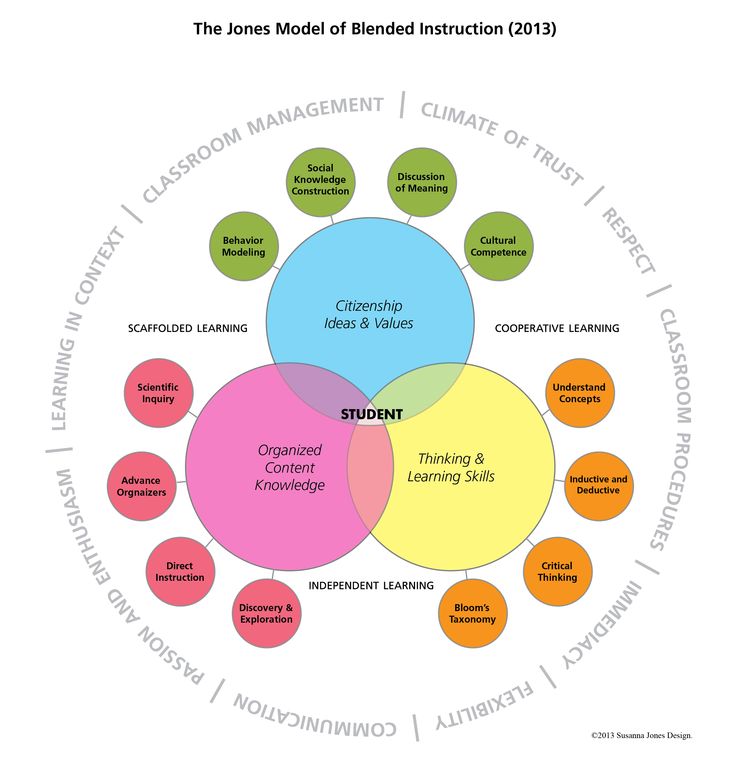
This article summarizes the basic steps you need to take to update your brand strategy, as well as specific tips you can use right now.
Let's get started!
Contents
What is brand strategy?
4 types of branding strategies
Fundamentals of a Winning Brand Strategy
How to Build a Brand Strategy in 8 Steps
A Brand Strategy Template to Get You Started
Frequently Asked Questions (FAQs)
What is Brand Strategy?
We start by defining brand strategy as the process of achieving long-term goals as your organization evolves. In other words, a brand strategy is the blueprint you follow to get your most important results out into the world. nine0003
Branding is a way of bringing together the intangible aspects of your organization, such as its identity, identity, reputation and unique selling proposition, into a single vision.
You can understand strategy by comparing and contrasting it with its related concept, tactics.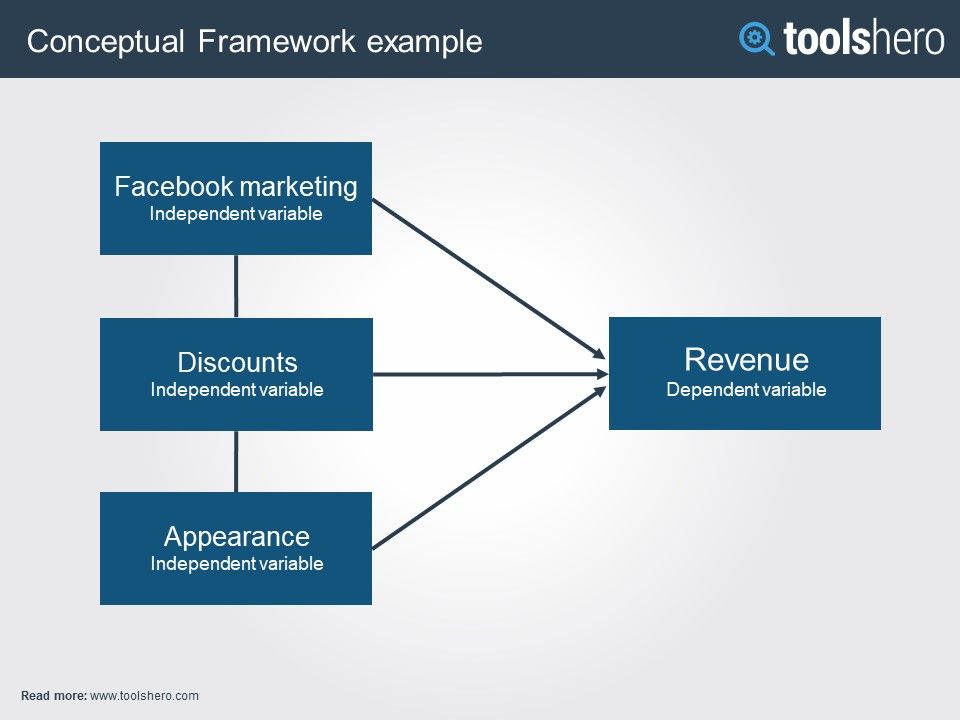
Many people confuse tactics and strategy with each other. This confusion leads to branding strategies being confused with branding tactics.
Customize this infographic template for yourselfEdit and download
The strategy is your map for reaching long-term goals that don't always need a specific end point. A strategy is more like a process or path that involves moving towards your goals iteratively.
Tactics is a more specific concept. In essence, these are the steps taken to achieve the goals set by your strategy.
Common branding tactics include building a website, launching a new ad campaign, or creating visual content for a company blog. nine0003
Branding professionals may also use initiatives as a synonym for tactics since they usually have objective time frames.
To develop an effective brand strategy, you must understand what your brand stands for and what impact it seeks to make in the world.
It is also helpful to state all the promises and guarantees you make to your customers.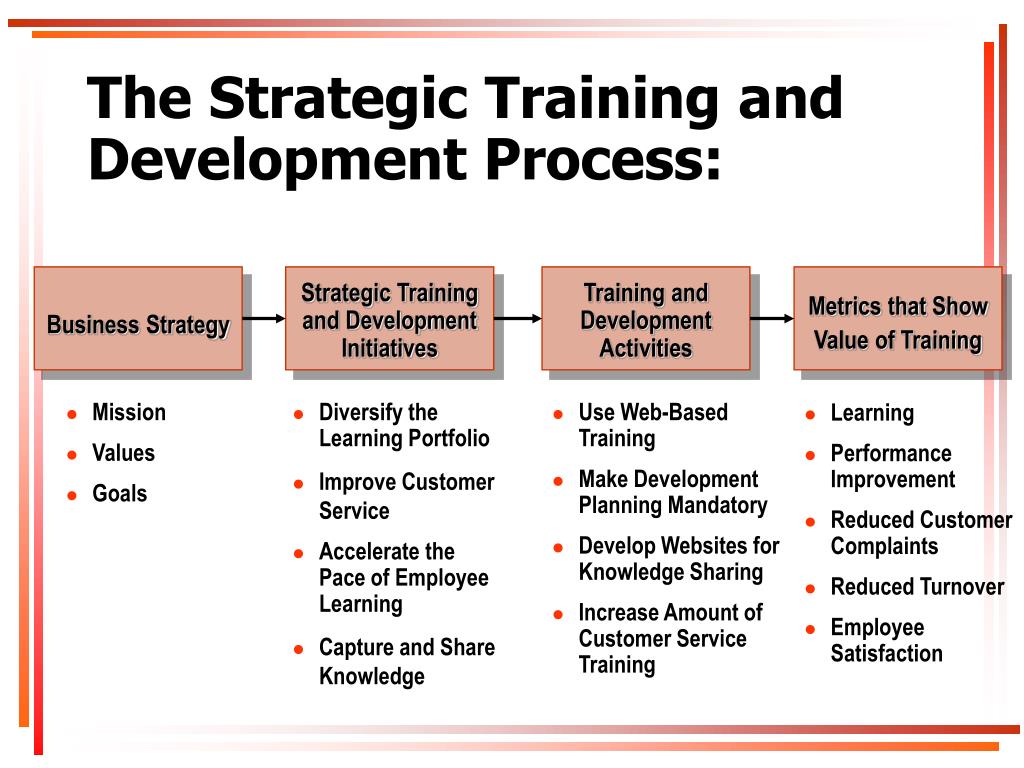 Expressing your brand personality in your communications with customers is a critical step in the brand strategy development process. nine0003
Expressing your brand personality in your communications with customers is a critical step in the brand strategy development process. nine0003
4 Types of Branding Strategies
Now that we have a basic understanding of brand strategy, let's move on to the four most important types of branding strategies you need to know.
Here's an infographic that summarizes four branding strategies. Scroll down the page to learn more about each brand strategy.
Customize this infographic template for yourselfEdit and download
Type #1: Brand Extension
The first type of brand strategy we will look at is brand extension.
When you use a brand extension strategy, you expand an existing brand into new product categories.
The essence of the strategy is to increase your reach by moving into new markets and using the strengths of the brand.
When you choose new categories, they don't have to be related to your existing product.
Nike is a great example of a company expanding its reach through brand expansion.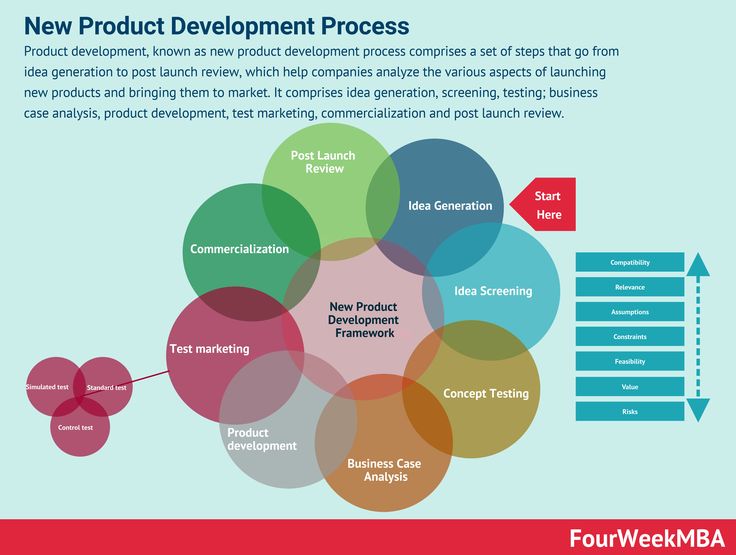 They have grown from shoe manufacturers to products as diverse as sunglasses and golf balls. nine0003
They have grown from shoe manufacturers to products as diverse as sunglasses and golf balls. nine0003
Image Source
It's important to remember that in terms of brand strategy, you need to choose new categories that are consistent with your brand's stated mission and values.
Ultimately, the strategy you use is to launch a new product under an existing brand in a new product category.
While launching a new product seems like a daunting task, it's a viable strategy for brands of any size.
You can harness the power of an existing brand, including all the social proof and value that comes with it. nine0003
Even if the new product is unfamiliar to the consumer, the reputation you acquire will increase the likelihood of its penetration into the market.
This will help you reach new audiences and increase your brand strength.
Type #2: Brand extension (product portfolio)
The second type of brand strategy that we will look at is assortment extension.
In a brand extension strategy, you expand your brand into a new product category. A diversification strategy does something similar by increasing reach within an existing category. nine0003
A great example of this is the creation of a new line of mobile phones. When a company like Apple creates a big-screen phone to appeal to a broader segment of customers, it's a product expansion strategy.
Image Source
This strategy can help win over customers who choose your competitors. People are looking for a product with certain characteristics, and in this case, you can provide it.
Instead of losing customers, expanding your inventory can be a profitable way to increase your brand strength. nine0003
Ready to start translating brand strategy ideas into an interactive presentation for your team? Use the digital branding and promotion template to get the support of the organization!
Customize this template for yourself! Edit and Download
Type #3: Derivative Branding
The third brand strategy we will look at is Derivative Branding.
While the first two strategies dealt with how to expand your brand as an improvement strategy, this strategy involves breaking down into components. nine0003
Your product or service most likely includes several key components that together provide value to your customers. Derivative branding strategy is when you highlight a specific feature and give it a separate brand identity.
Consumer electronics company Intel is an example. Their chips are used in many PC products. Instead of branding Intel PCs as a standalone unit, Dell prefers to give the PC component its own branded identity. nine0003
Image Source
Type #4: Personal Branding
This is the fourth type of brand strategy we'll look at.
This strategy focuses on the personal qualities, values, and achievements of leaders and team members that emphasize your brand's mission.
Executives and leaders benefit from using their platforms to reinforce brand values. In addition, it simplifies communication.
Key Principles of a Winning Brand Strategy
Here we have looked at four types of brand strategy that you can use. Let's now discuss some of the basic principles behind creating a winning brand strategy.
Principle #1: Engage Employees
The first step in implementing a branding strategy is to engage employees. An authentic branding approach is the surest way to create an effective employee engagement strategy. nine0003
One way to create more authentic branding is to link a forward-facing company culture with an outward-facing brand voice.
The most important step in strengthening this bond is to clearly articulate the promises you make to your customers and the core values of your company.
This clarity is a great way to make sure your employees feel connected to your brand. If they share your company's values and mission, and you articulate the importance of a branding strategy, you'll be on the same wavelength.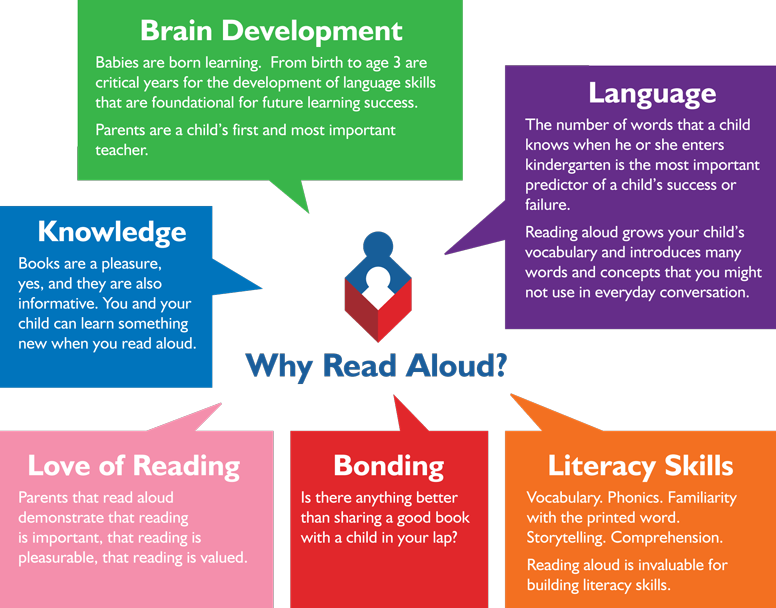 nine0003
nine0003
If you are already clear about your company's values or need to work on articulating them for your branding strategy, you can ask the following questions.
- Who are your ideal clients?
- How do you create value for them?
- What is your vision?
- What are your values?
- What does your company hope to become in the world?
Principle #2: Consistency
The second key to a winning brand strategy is consistency. Brand alignment is the regular provision of content that aligns with your brand values and strategy over time. nine0003
Consistency means that your audience can expect to be exposed to your key messages and core offerings on a regular basis. Brand consistency means you always communicate the core messages with consistent visual branding and other regular brand elements.
Simple ways to achieve brand consistency include creating a brand book, a brand style guide, and ensuring consistent message style throughout.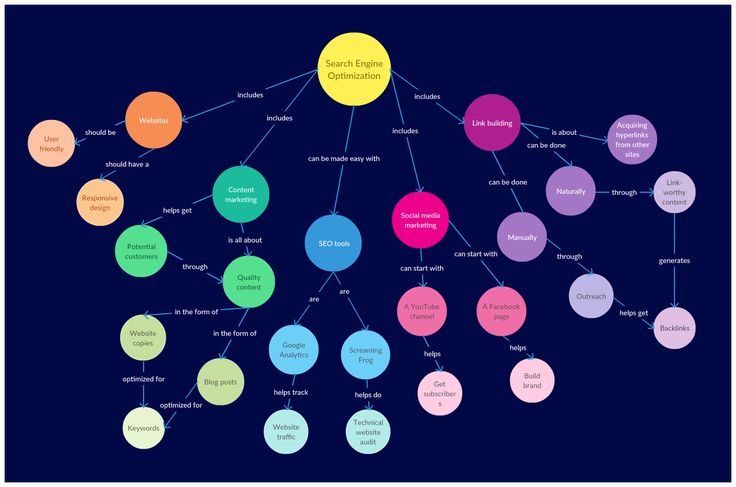
Personalize this infographic template Edit and download
When you achieve brand consistency, your customers will begin to recognize your messages and build positive associations.
Principle #3: Use emotion
Emotional branding is the process of creating a relationship between an audience and a brand that evokes an emotional response. We can achieve it by creating a brand that appeals to the emotional state and aspirations of your ideal client. nine0003
The work of Marc Gobet is a good starting point for emotional branding.
He created the concept of emotional branding and described it in detail in his book A New Paradigm for Connecting Brands to People.
The philosophy is based on the observation that in the relationship between brands and people, the connection occurs on an emotional level.
Emotional branding is powerful. It connects with the audience and gives them control over the type of content or product they receive.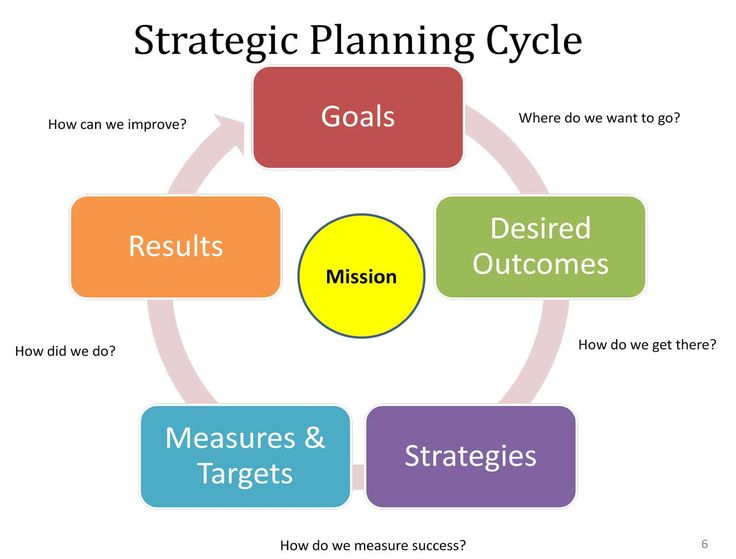 The consumer is in charge here. Wondering how to implement this in your brand? nine0003
The consumer is in charge here. Wondering how to implement this in your brand? nine0003
Consider this approach using the example of a company that offers simple and convenient meal planning. The client can choose a diet based on personal preferences: add and exclude ingredients, change the portion size, create a menu for the whole family. This creates a connection with the client and gives a better understanding of his needs.
Principle #4: Take a flexible long-term approach
Getting the most out of your branding strategy means taking a long-term approach. nine0003
Don't be afraid to make an effort that may take some time to materialize. Branding is a long-term investment that will pay dividends if you keep improving.
There is an important balance between long-term planning and short-term flexibility. It's important to leave room in your branding strategy to adjust to real-life feedback as it comes in.
How to build a brand strategy in 8 steps
Now that we've covered some of the basic principles, we can move on to specific tips.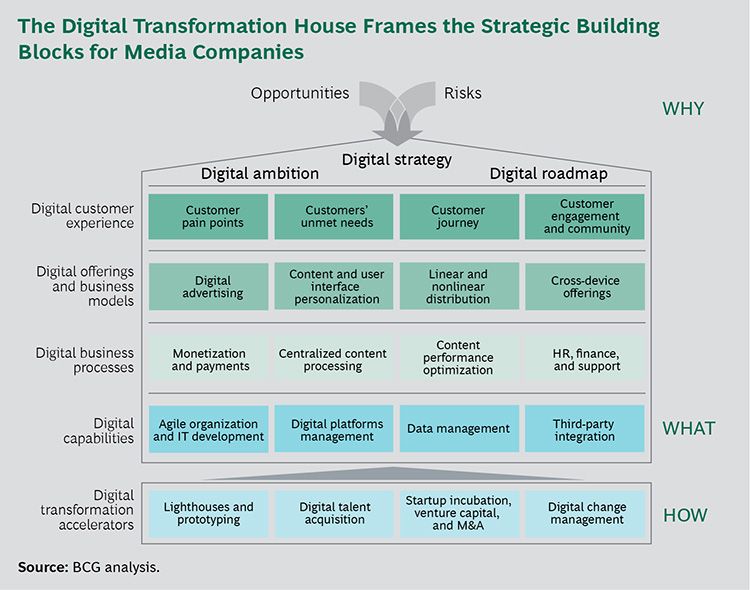 We'll move on to eight practical steps you can take to develop a brand strategy.
We'll move on to eight practical steps you can take to develop a brand strategy.
Step #1: Identify core values
The first step in building a brand strategy is to identify core values. Core values are the beliefs you have about your brand that guide your actions.
Use this template to write down the values that matter most to your brand. nine0003
Customize this infographic template for yourself. Edit and download
These core values are why your company exists and are tied to the specific problems you hope to solve for your customers.
Often these values are formed by the founders of the company, and they are unlikely to change much as your company grows. They are the foundational anchor of your brand strategy.
Step #2: Create a strategic positioning statement
The next step in creating a brand strategy is to write a positioning statement. A positioning statement is a description of your product as well as your target market.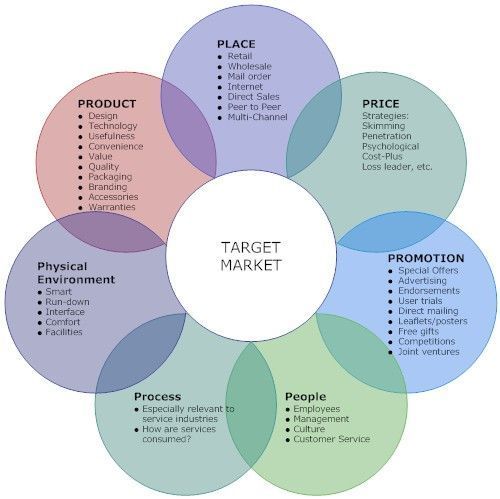
Its purpose is to show exactly how your product meets the specific needs of the target market.
Here is an editable template that can be used to create a brand positioning statement and visualize its various elements.
Customize this infographic template for yourselfEdit and download
You can use the positioning statement as a tool to ensure that your marketing efforts align with your brand strategy.
You can also use a positioning statement to communicate your value proposition to your ideal customers through your brand's core characteristics.
Before writing a positioning statement, you need to be clear about the following points.
- Who do you serve? nine0147
- What do you offer them?
- How do you offer it to them?
- How does this compare to current offerings?
Step #3: Understanding Your Ideal Customer Profile
The third step to creating a winning brand strategy is understanding your ideal customer profile.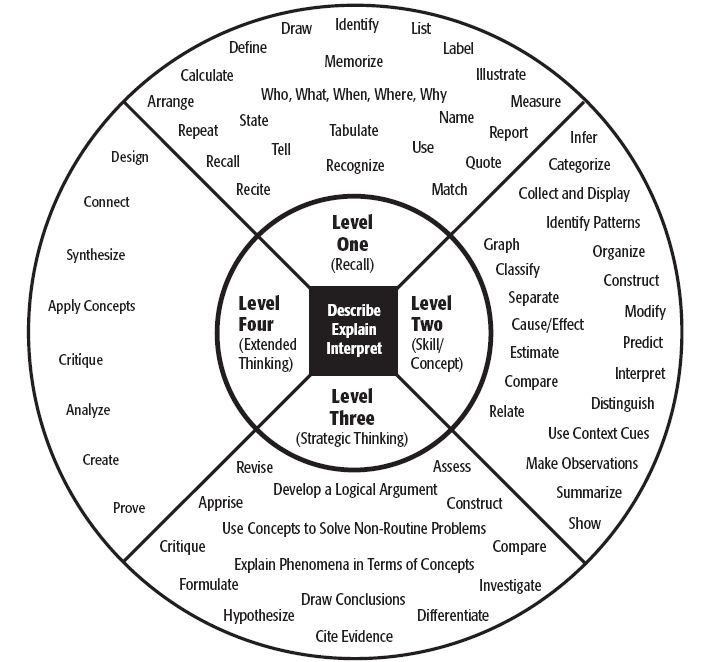
An ideal customer profile is a description of the type of customer who will benefit the most from your product or service.
They are the easiest to sell to, have the highest retention rates, and love to recommend your product to others. nine0003
In a nutshell, an ideal client profile is a description of future clients who share the characteristics of your most important success stories.
Here is a customer portrait template that you can customize to visualize and organize the details of your ideal target market.
Personalize this infographic template for yourself! Edit and download
Once you have developed a detailed ICP, it will help you clarify what value you are creating for your customers. This will help you develop a branding strategy that will act as a beacon for new customers and revenue. nine0003
Step #4: Developing the brand promise
The fourth step in building a winning brand strategy is developing the brand promise. A compelling brand promise combines slogan brevity with your unique selling proposition.
A compelling brand promise combines slogan brevity with your unique selling proposition.
The more a brand delivers on its promises, the more effective its strategy becomes. Conversely, if you cannot meet expectations, then you will fail.
That's why it's so important that the promise is both exciting and realistic. nine0003
At Visme, we help you design and distribute beautiful presentations, infographics and other brand-focused visual communications. This statement is the promise of the brand.
This is the experience you can expect (and get) when interacting with our design tools.
Step #5: Visual Identity
The next step when it comes to brand strategy is creating a brand book.
Now that we've explored the various ways to find clarity about how you create value for your customers, we need to translate that into customer communications. nine0003
A visual identity is a comprehensive description of the imagery and visible elements of your brand.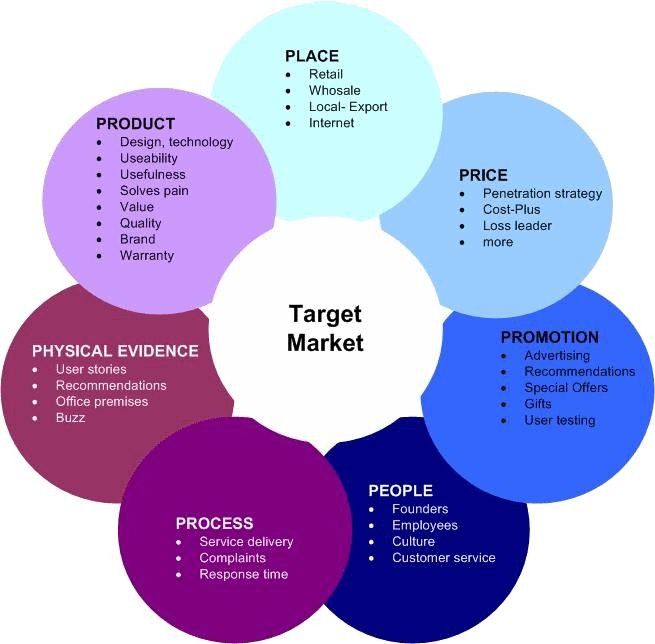 It includes everything from your website to business cards and social media accounts.
It includes everything from your website to business cards and social media accounts.
Use this template to define visual identity elements such as logo variations, brand color palette, and brand typography.
Personalize this template for yourself! Edit and download
Your chosen images are the most important form of communication in impressing your audience. nine0003
Visual identity will affect your customers on an emotional level. Therefore, it is an important tool for building awareness and building an effective brand strategy.
Conversely, if things go wrong at this stage, the visual identity can become an obstacle to further growth.
Visual Identity Brief includes all the images that express what your brand is and why you are different from everyone else. nine0003
The most important step in developing a brand strategy is to create and/or redefine your brand style. A brand book (a guide to creating a brand's corporate identity) will give you and all members of your team instructions on how to create a consistent visual identity.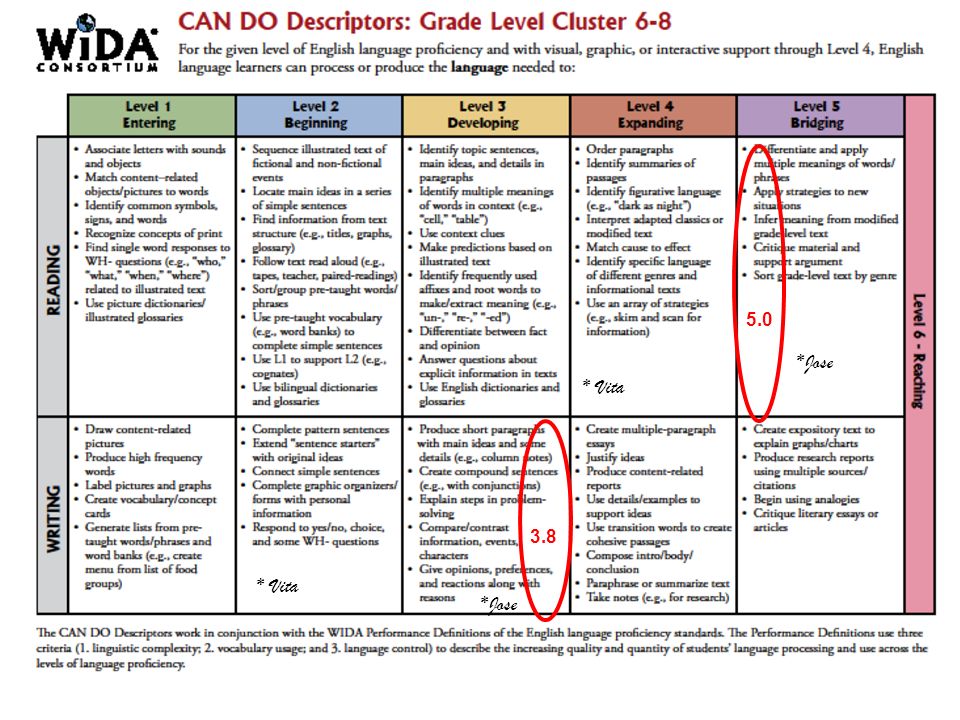
Step #6: Review critical customer touchpoints
The sixth step in creating a brand strategy is to review critical customer touchpoints.
Analyzing these touchpoints will help ensure that your brand strategy is consistent in the places where people learn about your brand. nine0003
The brand touch point is the point of contact between your audience and the brand. These include things like email newsletters, social media profiles, and a website.
Here is a template to help you visualize.
Personalize this infographic template for yourself!Edit and download
When you're creating a winning brand strategy, identifying the most important, revenue-generating touchpoints is a good step. nine0003
Understanding where your branding efforts are having the most impact will help you prioritize the changes that need to be made.
Step #7: Clarify Your Brand Voice
The next step to creating a winning brand strategy is to define your brand voice.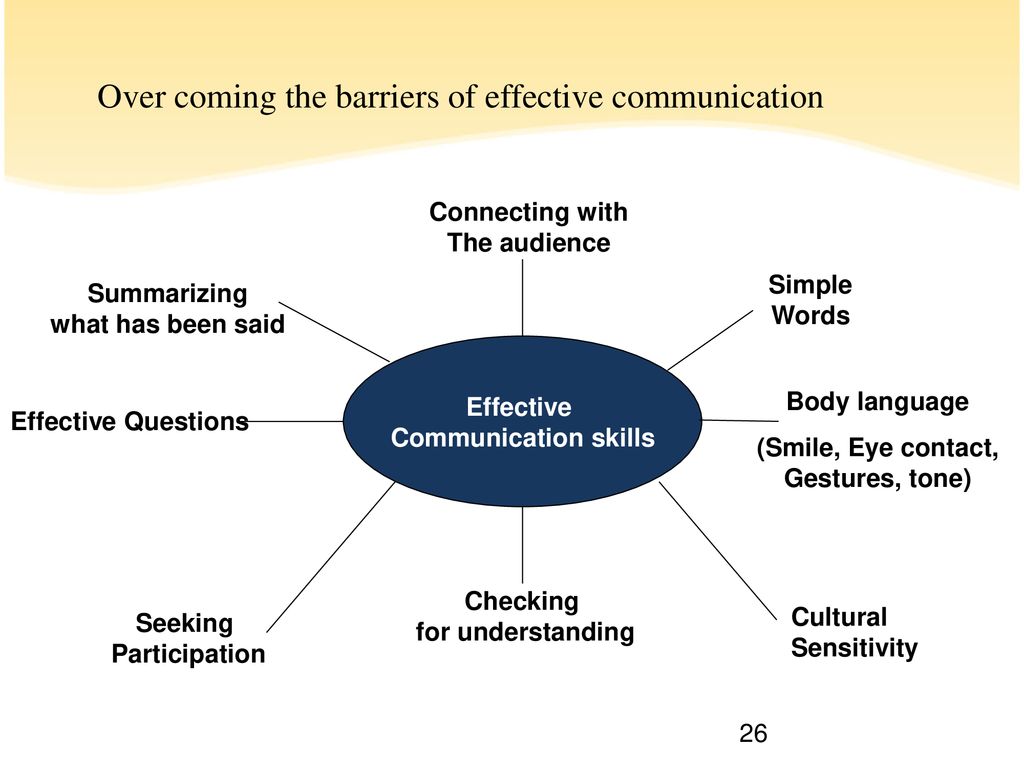 In simple words, the brand voice is the standard way to communicate with the audience.
In simple words, the brand voice is the standard way to communicate with the audience.
Here is a template that you can modify to fine-tune your brand's voice. nine0003
Personalize this infographic template for yourself! Edit and download
The components of a brand's voice are quite simple.
First, you must address your brand voice to your ideal customer. Second, the brand voice must stay true to the brand values that you described earlier in the strategy development process.
If you include these two components, the authentic style will appear. For some brands, the voice takes on a more authoritative tone. At the same time, for others, a more playful voice seems more individual. nine0003
Step #8: Conduct Regular Brand Audits
The final step in developing a winning brand strategy is to conduct regular brand audits.
A brand audit is a thorough review that describes how the brand strategy works in accordance with the goals that were formulated when it was created.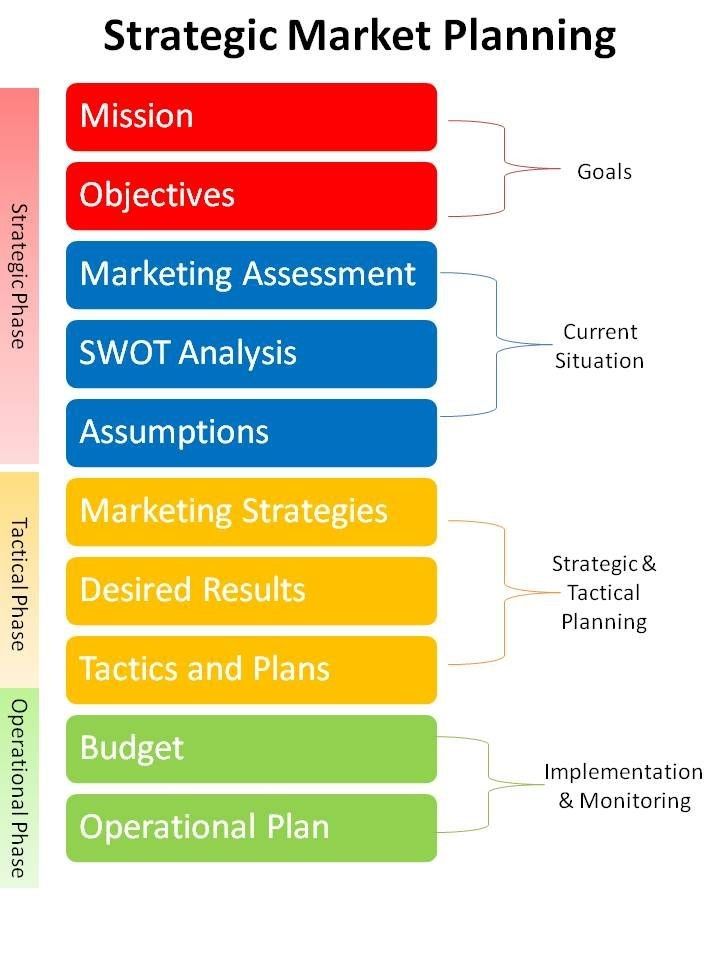
Such audits should be carried out quarterly. Set aside 1-2 hours to review your visual identity. Ask yourself the following open-ended questions. nine0003
- How well does our visual style represent our core values?
- What changes or improvements can we make to improve our brand strategy?
- Are critical customer touchpoints most effective for the ideal customer?
- What small experiments can we do with our brand voice to better reflect our mission?
You can also use the brand audit template below. nine0003
Personalize this infographic template for yourself! Edit & Download
There are many benefits to doing regular brand audits. First, you set standard performance benchmarks. In addition, you create a routine to gradually improve your brand strategy.
Now that we've covered the best strategies for creating a brand strategy, we'll show you how to use Visme templates to make your efforts more effective. nine0003
Watch our short video for tips on creating marketing plans similar to your brand strategy.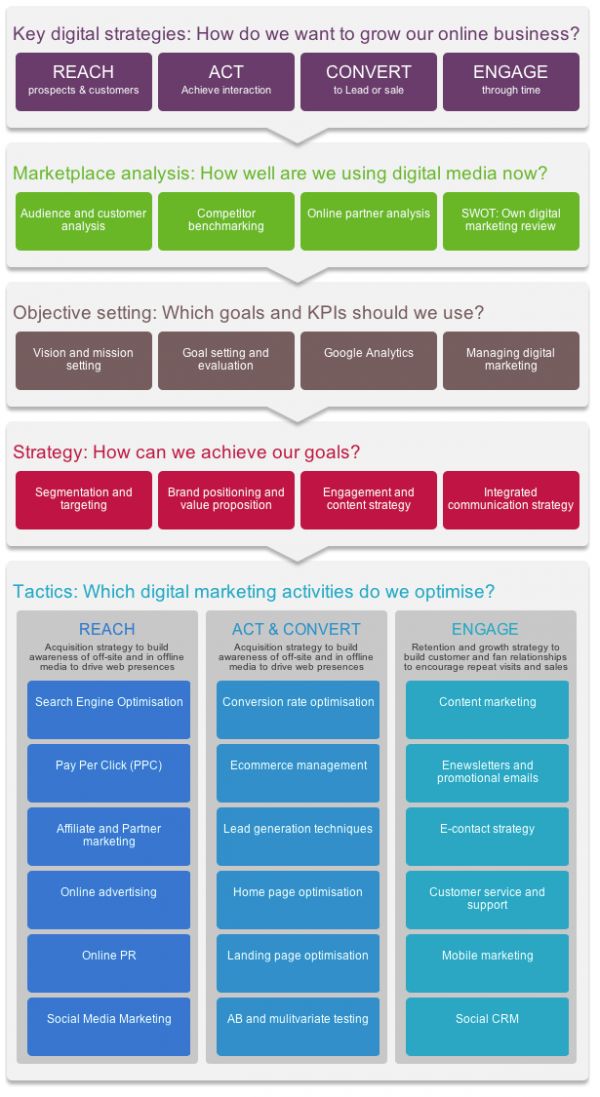
A brand strategy template to get you started
Would you like to translate your ideas into a dynamic brand strategy document?
Choose this winning brand strategy template and get started now.
Personalize this infographic template for yourself! Edit and download
Ready to start developing your brand strategy? nine0009
A successful brand strategy will help you achieve your goals. Integrating theoretical knowledge is a good start. Take the next step! Use Visme to incorporate professional design into your brand strategy.
With Visme, you get a one-stop tool for creating, sharing, and managing brand assets, visual marketing content, presentations, reports, and more.
When you're ready to take your design to the next level, start with a free Visme account and test drive as long as you want. nine0003
Frequently Asked Questions (FAQs)
Now that you're ready to use Visme to develop your brand voice, we'll answer eight of the most frequently asked questions about the process.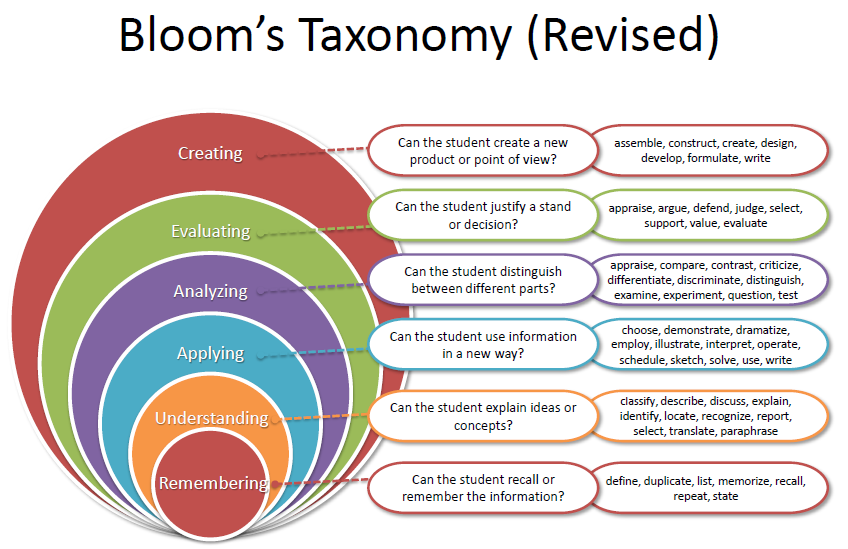
Question 1. What is a brand strategy in marketing?
Brand strategy definition is a long-term, organization-wide initiative for your brand to achieve specific, measurable goals. Developing strategies to work across the organization is a hallmark of a winning brand strategy. nine0003
Brand strategy helps you improve customer experience, increase revenue and become more competitive in the marketplace.
Question 2. How much does a brand strategy cost?
Creation involves understanding the essence of your company. Beyond that, it's about understanding how your product fits into that mission and market.
Understanding these issues requires an investment in your time and energy as a leader or employee of a company. This will be a variable cost based on the value of your time. nine0003
Alternatively, you can hire a design agency. Check out this helpful guide from TechCrunch on the various startup branding costs.
However, suppose you want to try branding yourself.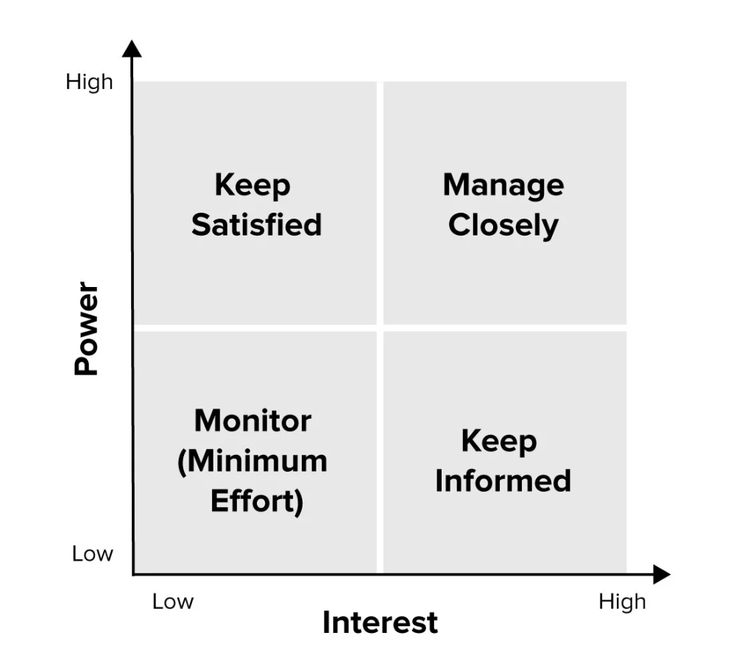
In this case, you can take the following two books, which are usually recommended by designers: "Battle for the Mind" by Al Rice and Jack Trout, and "Brand Personality" by Alina Wheeler.
For a professional design, you can also use Visme without the high cost of a professional design. nine0003
Question 3. How to build an employer brand strategy?
The best way to build a strong employer brand strategy is to understand the needs of your organization.
When you understand the short and long term needs of your business, you can develop an effective strategy. Understanding your needs will help you be clear about what you want to achieve.
This clarity will help you align your goals with existing skill sets in the job market. nine0003
When you do this, you will be able to develop a strategy for employers to attract the people who will move your company forward.
To get even more clarity on this issue, you can ask the following questions:
- What are the company's goals for the next 12-36 months?
- What new products and services are under development?
- What lack of human resources could prevent us from fulfilling our obligations? nine0147
Question 4.
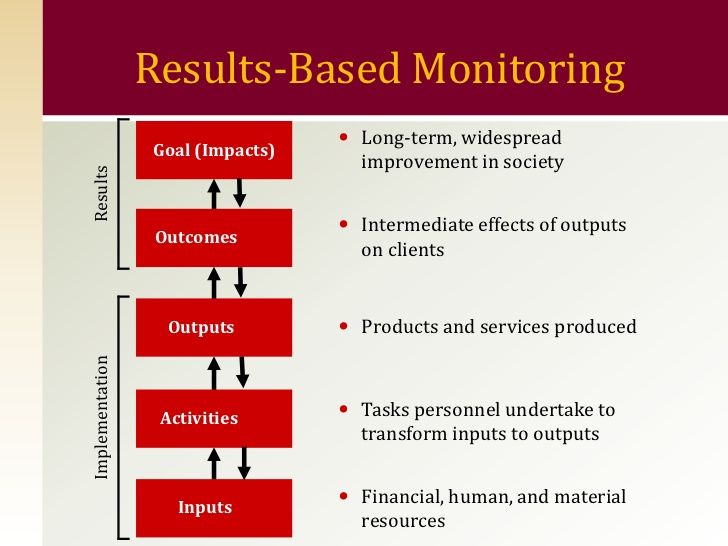 How do I create a brand strategy roadmap?
How do I create a brand strategy roadmap? Creating a brand strategy roadmap is an important step to take when developing a winning brand strategy.
There are four elements that you should include in your brand strategy roadmap. These include vision, brand purpose, values, and goals.
The vision component of a brand strategy roadmap defines the direction in which your brand is heading. It defines the ideal outcome that your brand aims to create in the world. nine0003
The goal component clarifies why this vision is important? What is the motivation behind your ideal result? What makes it important to the world?
Next, the values section. It will help you define what your brand stands for, what your company's performance standards are, and how that translates into your company's strategy.
In the goals section, you can specify the brand strategy roadmap.
What exactly do you hope to achieve? Be sure to include specific metrics against which you will track results.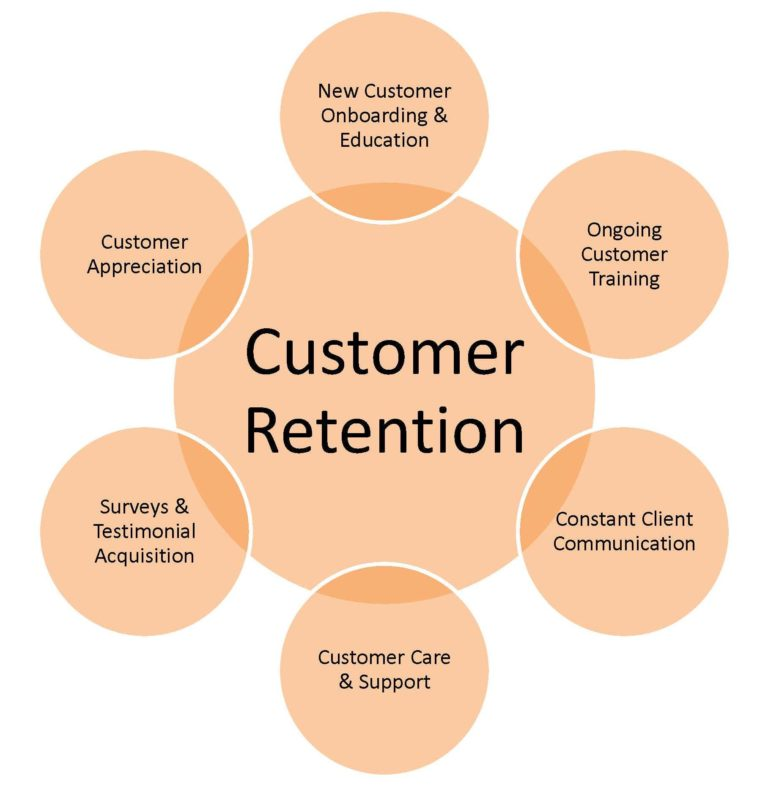 nine0003
nine0003
Question 5. What does the brand strategy look like?
A great metaphor to help you define brand strategy is to look at brand strategy as telling a story.
Our favorite stories go beyond their medium. They are more than books, shows or films. This is an emotional experience.
The simple structure of stories conveys this experience. They have a beginning, a middle and an end. In addition, they always undergo some kind of transformation or change. nine0003
When you're building a brand strategy, make sure it communicates how your product or service is changing the world. Include in it statements about how the client comes to you, what it is like for him to use your product and what he ends up with.
A good story is not just text that can be read on a page. This is an experience. And for a story to become an experience, it must have a beginning, a middle, and an end. There has to be some change that wasn't there in the beginning.
Question 6.
 What does a director of brand strategy do? nine0059
What does a director of brand strategy do? nine0059 The Director of Brand Strategy is usually responsible for managing various brand strategy projects for several clients. Often, they partner with marketing and design teams to achieve organizational goals to increase brand awareness in the marketplace.
Question 7. What is a brand strategy document?
A brand strategy document can include several different brand strategy templates that your team will use to improve their work. It may include details about your value proposition, brand description, customer personalities, and positioning statements. nine0003
Question 8. Why is brand strategy important?
Brand strategy is important because it helps you establish a strong market presence. It gives you a definition that your customers will recognize.
It also gives you specific benchmarks to track your progress. Without a brand strategy, you won't be able to accurately assess the progress of your branding efforts.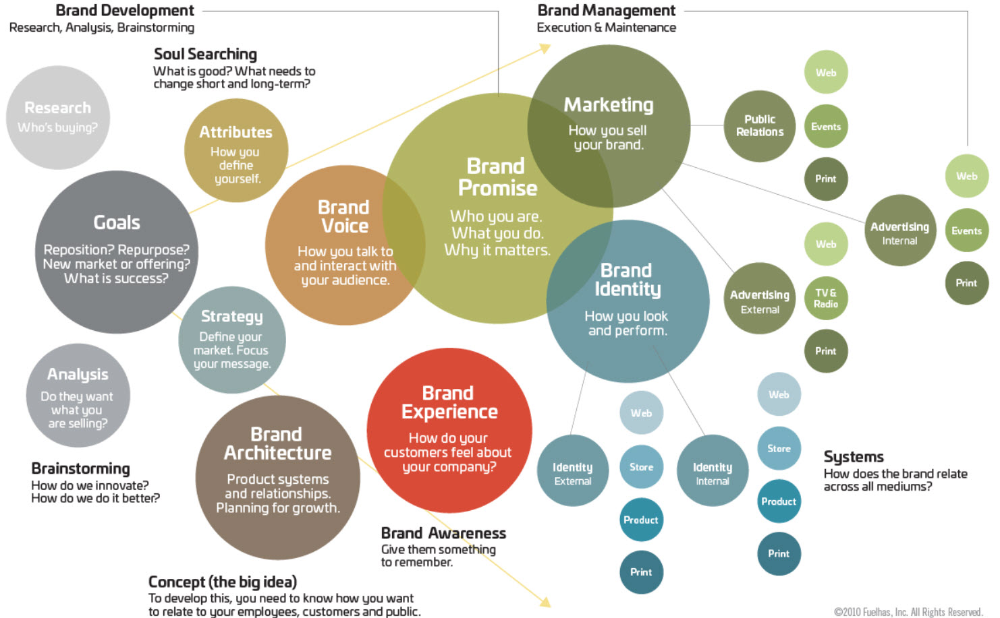
success factors and 4 major mistakes - Surf
Until recently, a company could achieve a competitive advantage through a well-built supply chain or innovative production. Today, all these elements have given way to the most important thing - the product. The quality of products becomes the only condition for success in the market, which leaves an imprint on the work of the product team. Now she is obliged to create a whole concept that can become the basis for the strategic development of the company. nine0003
True, there is one problem. The very term "strategy" has become so general that it has almost lost its meaning. “Strategy” today is called anything: mission, goals, development plan. Ask three product managers what they mean by strategy, and all three will give you different answers.
Sometimes the lack of clarity in terms is obvious. But the problem is not always on the surface. One of the signs is when you can't prioritize. For example, the team can't figure out which is more important:
- Make a new feature or optimize an existing flow?
- Close more deals or extend existing contracts?
- Develop this tool in-house or outsource temporarily?
When trying to answer these questions, product leaders think the problem is the task itself—it's too complex or doesn't involve compromises.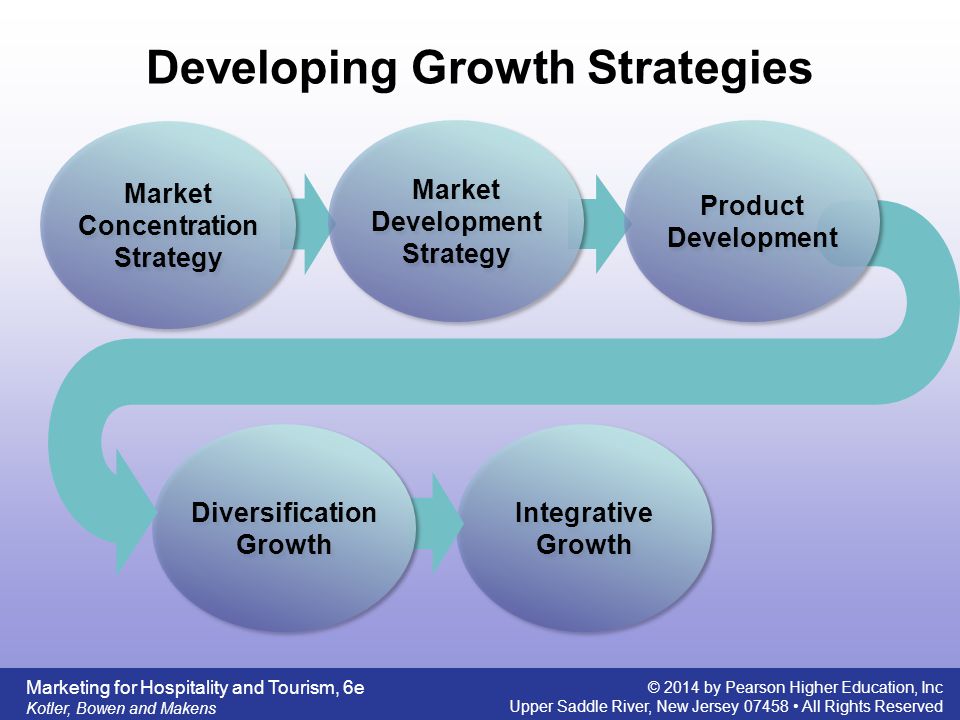 But this is a mistake.
But this is a mistake.
If you find it difficult to decide what is more important at this stage, then this is often a strategic problem, not a private one . It is impossible to accurately prioritize if you do not have a plan or it is out of touch with reality.
The lack of a clear strategy is expressed not only in difficulties with priorities. There are other symptoms as well: confusing UX, misunderstanding and lack of coordination between teams, declining profits, oversaturation of product-market fit with your product, or lack of employee motivation. In most cases, these are all signs of gaps in strategic thinking.
Why sequence 9 is important0009
In order to get out of the looking glass of abstract terms "mission", "strategy", "development plan" and "goals", we suggest understanding what is actually behind them.
- Mission is how your company sees the world and how it wants to make it.

- Strategy is a plan to make this mission a reality.
- Product strategy is a plan to implement the product-specific part of this strategy.
- Product Plan is a sequence of features that help you implement your product strategy.
- Product Goals are quarterly and daily milestones in the product development plan that you use to evaluate the implementation of the product strategy.
Top-down = building, bottom-up = evaluation
Product Strategy Development Sequence – a system that can be used for both planning and executing tasks, depending on the direction of movement:
- From top to bottom go in order to: 1) determine the sequence; 2) plan the production of the product; 3) coordinate the work of the company with the received work plan.
- From the bottom up move to: 1) report on the status of tasks; 2) monitor how the work of the team helps to achieve the objectives of the company.

Slack vs. Discord
The nuances of a product strategy and the sequence of their construction are best studied with specific examples. We decided to compare two companies - Slack and Discord. nine0003
Miscellaneous missions
Slack is for work, Discord is for games. Slack's mission is to make people's work life easier, more enjoyable, and more productive. The mission of Discord is to enable people to join communities.
Different strategies of companies
Strategies also differ, which is not surprising, because they are based on different missions. Slack has this productivity boost. Discord is about creating communities in a gaming environment.
Similar product strategies
Despite the differences in the fundamental elements of the strategy, the products are similar in particular. This can be seen even in the common features in the user interface - a new user could confuse the applications if not for the different color schemes. The PC versions generally have nearly identical multi-column layouts.
The PC versions generally have nearly identical multi-column layouts.
It's entirely possible that the product managers at Slack and Discord are working towards the same product goal while following completely different company strategies. Therefore, it is imperative that development plans and goals are tied to the company's product and strategy, and not determined in isolation. nine0003
Sometimes, despite the difference in strategies, product teams can even come up with the same solutions. For example, both products have a strong social component, which is why both Slack and Discord have the ability to respond to a chat message using emoji.
But there are certainly more differences. Since the goal of Discord is to build a community, it prioritizes features that help users experience a sense of community. For example, it offers integration with Spotify so you can see what music your friends like. nine0003
Slack prioritizes features that help users be more productive. Hence the integration with JIRA so that users can easily create tasks based on Slack discussions. A clear understanding of which features to give preference to is the result of a clear product strategy.
Hence the integration with JIRA so that users can easily create tasks based on Slack discussions. A clear understanding of which features to give preference to is the result of a clear product strategy.
Common product team mistakes
Mistake #1: goals = strategy
These terms do not have a clear definition, and even within the same company they may be perceived differently. Strategy is about that, as win team. Goals are about what is victory. For example, a chess player has a detailed set of steps (i.e., a strategy) to win a match (i.e., achieve a goal).
The company says, "Our strategy is to increase revenue by 20%." But increasing revenue is a goal, not a strategy. There can be several ways to increase revenue - for example, enter a new market segment or increase the conversion from a free trial product to a paid product.
Mistake #2: Achieving Goals = Achieving Strategy
Reality: with Product strategy flow helps teams track how the product team's work contributes to the company's objectives.
Most companies use short-term goals to measure performance, simply because it's easier. But achieving the goal does not necessarily mean progress in the implementation of the strategy. Goals could be set in isolation from the strategy or based on incorrect assumptions. In addition, the strategy depends on external factors such as competitive actions and market conditions. The company must be able to separate strategic progress from the achievement of short-term goals. If a company loses sight of strategic progress, it will fail in the long run. nine0003
Kodak invested in Ofoto, a photo-sharing app, in 2001, before Facebook even existed. Ofoto was going to help Kodak expand its printing business by making it easier for customers to print digital images. Kodak achieved Ofoto's goals but failed to deliver on its digital photo sharing strategy—and missed the opportunity to turn digital photography into a new business.
Mistake #3: Product Strategy = Company Strategy
In fact: this leads to a misjudgment of the role played by sales, marketing, support and other departments.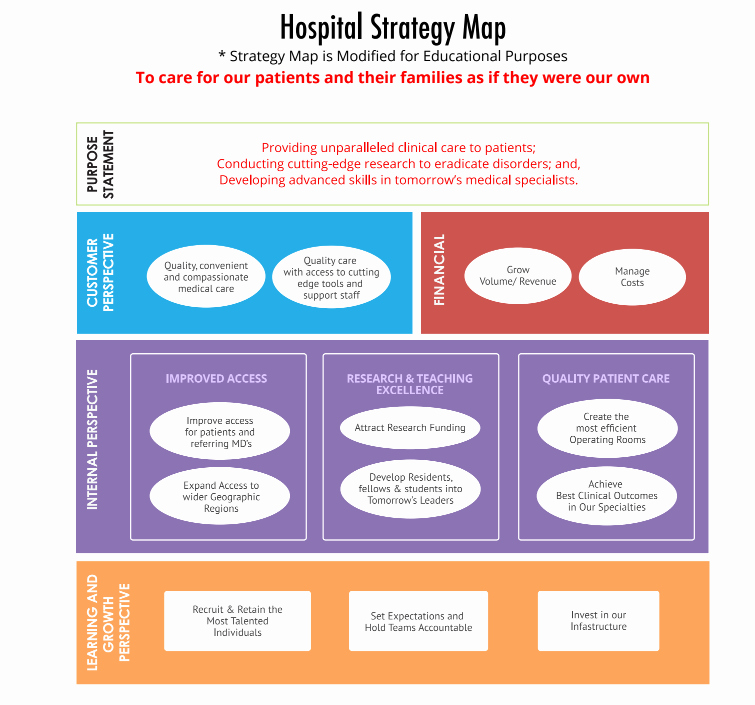 Yes, the product is important, but it is not the only driving force behind the strategy. It is important that the movement is coordinated at all stages and levels of the company.
Yes, the product is important, but it is not the only driving force behind the strategy. It is important that the movement is coordinated at all stages and levels of the company.
From the outside, Stitch Fix might seem like a style app that learns to understand user preferences and suggest matching clothes. But in order to be profitable, Stitch Fix's business needed not only a great interface, but also a cross-departmental collaboration strategy that would reduce production costs. Stitch Fix has invested heavily in data mining to optimize in-stock inventory and logistics management . As a result, they were better able to predict how much to purchase and how to get them out of stock faster – product strategy and manufacturing strategy combined to help the company offer a valuable and unique product.
Mistake #4: First the goal, then the plan
Actually: a product development plan is a key condition for achieving the goal.
Many companies believe that the team should first set goals and then figure out how to achieve them. But in fact, this approach encourages the team to achieve short-term goals by any means, often at the expense of a targeted set of features, understandable UX and strategic progress in the long term. nine0003
Objectives should stem from a development plan designed to benefit users. As a result, product teams can overlook the obvious and focus on customers when developing a product.
Stripe has rapidly expanded its offering from a core paid product to a suite of complementary products and services, all of which support a product strategy. Offerings include Stripe Atlas (a service that helps start a startup) and Stripe Press (a publisher of books on economics and advanced technology). If product leaders were to take a “target first” approach, they would focus on the short-term goal (simplify the payment process and conversions) rather than the strategic goal (expand the list of offerings to include initiatives that may not pay off for years). Stripe helps online businesses go to market faster and teaches you how to improve your business so you can go online more effectively and be more likely to convert them into Stripe users. Thus, the company fulfills the mission of "increasing the GDP of the Internet." nine0491
Stripe helps online businesses go to market faster and teaches you how to improve your business so you can go online more effectively and be more likely to convert them into Stripe users. Thus, the company fulfills the mission of "increasing the GDP of the Internet." nine0491
Stages of the product strategy
Mission of the company
How your company sees the world and how it wants to change it .
The mission defines the purpose of the company. All great companies follow the mission and try to align their strategic initiatives with it. For example, Google's mission to "organize all the information in the world and make it public and useful" is reflected in products such as Google Search, Maps, Android, and Gmail. nine0003
A good mission inspires and appeals to emotions. It motivates the team to come to work every day, and customers to accept the changes implemented by the team. The mission is the most monumental stage of the strategy, so you can’t limit yourself to the current state - but it is also important to consider the current position of the company.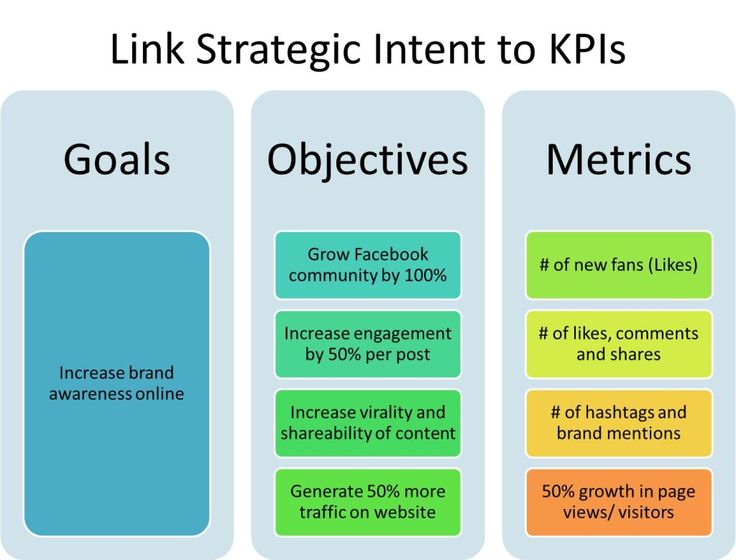 This indicator can change only when the company's view of the world changes. This usually happens once every few years, while the rest of the strategy development steps need to be completed monthly/quarterly/yearly. nine0003
This indicator can change only when the company's view of the world changes. This usually happens once every few years, while the rest of the strategy development steps need to be completed monthly/quarterly/yearly. nine0003
Some companies have both a vision and a mission. “Vision” is how your company sees the world, and “mission” is the role your company plays in the world. For simplicity, you can take the vision and mission as one step in the sequence.
In 2017, Facebook changed its mission from "Connect people and open up their lives" to "Enabling people to create communities and bring them closer together." In his letter Mark Zuckerberg acknowledged the shortcomings of the previously formulated mission. By changing the mission, Facebook has paid more attention to the development of infrastructure and tools through which users will be able to create communities and interact with them. nine0491
Company strategy
A logical plan that will help your company realize its mission.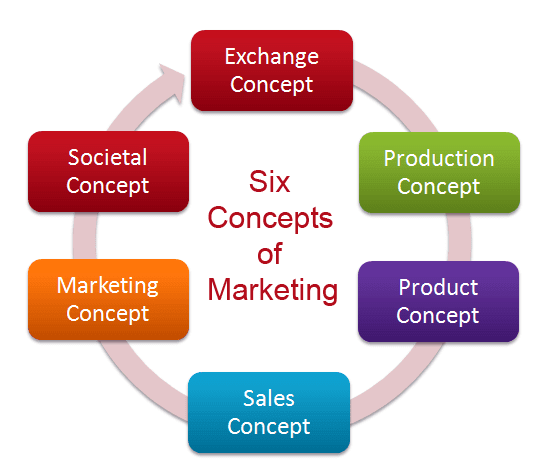
The strategy flows from the mission. This is the implementation plan. Companies often think of strategy in quantitative terms (our strategy is to achieve CAGR of 20% over the next 3 years). However, in this case, the strategy (plan) is confused with the goals (progress metric).
In contrast to the mission, the strategy can be designed for 1-3 years. It clearly describes the sequence of steps, takes into account the company's position in the market, unique strengths and the set of situational risks / assumptions that affect the plan. As we saw with Slack vs. Discord, company strategy is extremely important when we decide what will be the success factor. nine0003
Quora's mission is to share and grow knowledge. Google's mission is to organize all the information in the world and make it public and useful. The ideas are similar at first glance, but the companies act according to different strategies. Google aims to organize the data on the web in order to provide easy access to the knowledge that the user is looking for.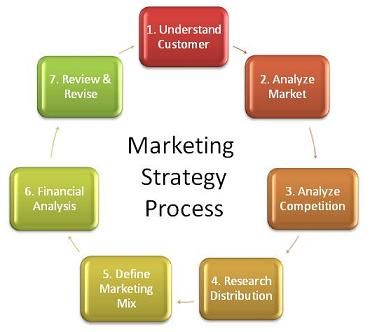 Quora's strategy is to access knowledge in a structured question and answer format.
Quora's strategy is to access knowledge in a structured question and answer format.
Product strategy
A plan for how an individual product will drive its part of the company's strategy.
Product strategy is the key link between the company's objectives (its mission and strategy) and the work of the product group (product development plan and goals).
The key to an effective product strategy is a clear understanding of what the company wants to achieve. In terms of update frequency, this metric is similar to the company's strategy - it is calculated for one to two years. nine0003
Quibi and TikTok had similar missions and strategies. Both companies aimed to provide short, entertaining content adapted to mobile devices. But Quibi's product strategy is to let Hollywood's top teams create quality content for mobile devices. TikTok's strategy is to empower users to create and share short content themselves. Quibi's product strategy has been less successful, failing to capitalize on the social nature of mobile devices and the growing economy of content producers. nine0491
nine0491
Product development plan
Product strategy distributed over time.
Once the team has defined a clear product strategy, they can define the implementation steps, that is, create a product development plan.
It is important not to confuse the order. First you need to develop a plan for the development of the product , and only then - goals. The lack of a step-by-step scheme is fraught with problems. Teams will tend to achieve goals by any means necessary. The result is a product that is inconsistent, over-optimized, and only serves the company's short-term needs. A well-designed plan, on the contrary, helps to focus on what is important - value for customers. nine0003
Product development plans are usually defined 6-12 months in advance and reviewed every quarter.
In 2007, instead of investing in better DVD rental sales, Netflix decided to launch Watch Now, a streaming service. Thus, Netflix replaced the DVD rental strategy with a streaming strategy and radically changed its development plan. The new plan set a new sequence of actions. First, the company launched its first streaming service, where, together with partners, it offered users a catalog of 1,000 shows and films. And only in 2013 she released her first Originals, turning from a streaming aggregator into a producer of original content. nine0491
The new plan set a new sequence of actions. First, the company launched its first streaming service, where, together with partners, it offered users a catalog of 1,000 shows and films. And only in 2013 she released her first Originals, turning from a streaming aggregator into a producer of original content. nine0491
Product Objectives
Outcomes against which strategy performance can be measured.
The final step in developing a product strategy is product goals. Most often they are defined as a change in an indicator that can be quantified. For example, "increase the return of new users the next day by 5%." Although it’s not necessary, sometimes the best way to measure progress is to set a deadline for a task, such as “launch new onboarding by March 5th.” nine0003
Goals in and of themselves are not important - they only live in the context of the product development plan and product strategy. It is a measure of progress towards a predetermined plan that creates value for the customer.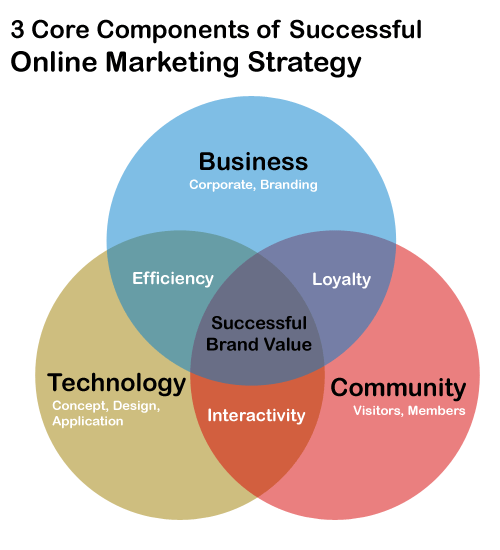
Teams should set goals that reflect their understanding of strategic levers. Product goals are usually set quarterly and tracked weekly or daily. It is worth reevaluating the goals at least once a quarter - this will help to assess how the goal has been achieved and whether it helped to move towards the implementation of the strategy. nine0003
For a long time, Tripadvisor has helped travelers select hotels based on guest reviews. At the same time, in order to book the selected hotel, users had to leave the platform and take action through other platforms — travel agencies, hotel websites that were advertised on Tripadvisor.
In 2013, Tripadvisor added Instant Booking to the product. The product strategy for the new feature was clear: make life easier for travelers by enabling them to shop and book directly on Tripadvisor. But there were difficulties: the goal was not updated in accordance with the new product strategy. The team was challenged to maintain or increase average revenue per traveler, and the Tripadvisor price advertising business continued to perform very well. As a result, the product team was faced with a dilemma: optimize instant booking at the expense of revenue, or maximize revenue at the expense of strategy. In this case, the team achieved the product goal but poorly implemented the product strategy. nine0491
As a result, the product team was faced with a dilemma: optimize instant booking at the expense of revenue, or maximize revenue at the expense of strategy. In this case, the team achieved the product goal but poorly implemented the product strategy. nine0491
What if the product strategy is poorly developed?
Problems with prioritization
The most common symptom of a poorly designed strategy. For example, it is difficult for a team to choose whether to optimize the flow for new users or satisfy the needs of old ones.
Confusing UX
A clear strategy always produces a simple UX. When the strategy is not clear, the team may make inconsistent or questionable decisions. The history of IT is replete with examples of short-lived companies and their products that burst from the abundance of proposals and optimizations. nine0003
Lack of alignment between teams
If the development plan is not driven by a clear, overarching strategy, teams from different departments of the company can easily disagree and choose different tasks.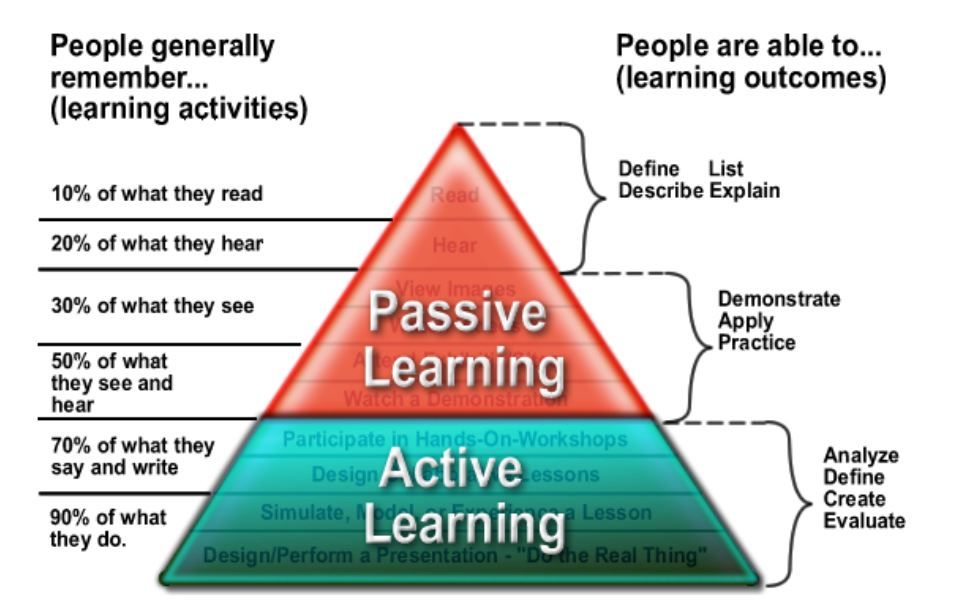 Separate strategies are important for the team itself, but do not contribute to the progress of the company. For example, a corporate sales team may implement a complex feature for a single client, while the main task of the main product team is to optimize the product for small and medium businesses. nine0003
Separate strategies are important for the team itself, but do not contribute to the progress of the company. For example, a corporate sales team may implement a complex feature for a single client, while the main task of the main product team is to optimize the product for small and medium businesses. nine0003
Losing revenue
In the absence of a strategy, teams tend to focus on short-term metric optimization over long-term value creation—and eventually slip into over-optimization. They reach a "local maximum" and the income from the effort begins to decline. Each "victory" has less and less effect and is less and less achievable.
Oversaturation of product-market fit (PMF) with your product
If the strategy is poorly described or incompletely stated, the company quickly reaches the limits of its PMF, and it is very difficult to select new sources. Product leaders need to anticipate the problem and proactively expand the PMF to new audiences and/or new resources.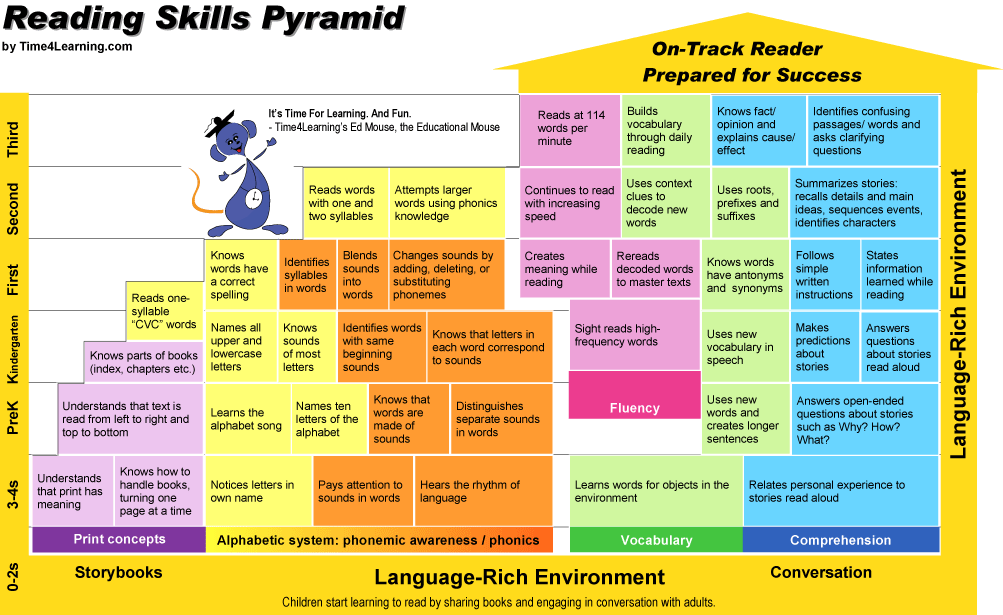 nine0003
nine0003
Excellent vs. poor vs. bad product strategy
Any product strategy can be classified into one of three groups.
- Great strategies have well-defined components that follow a strict sequence: company mission, company strategy, product strategy, product roadmap, and product goals.
- Incomplete strategies usually lack one or more components. Often this is a company or product strategy. The presence of this gap leads to the fact that different teams have different priorities, and the resulting product does not have a clear strategic direction. nine0147
- Bad strategies may lack some components, and those that are present are not connected to each other. With a poorly designed strategy, it is almost impossible to set specific goals. Managers often fill out templates without a clear understanding of the strategy.
Clubhouse: the strategy of the most hype platform of the year
In less than a year, Clubhouse turned from a small experiment with audio chat into a social network with millions of users. The mission of the project is formulated as simply and clearly as possible:
The mission of the project is formulated as simply and clearly as possible:
The mission of the Clubhouse is to become a space for live communication and self-expression, where people can have fun, learn, communicate constructively and share rich experiences with others around the world.
Interestingly, Clubhouse itself does not focus on audio. It follows from the mission that the main thing is communication. And in order to understand what role sound still plays, we need to go to the next stage of the chain.
Clubhouse strategy
Clubhouse is a social network based on voice. In it, people from all over the world gather to talk, listen and learn something from each other in real time. nine0003
From this statement, we can deduce the theses that are key to the Clubhouse strategy:
- The Clubhouse concept is designed to fill a gap that exists in the market.
- Voice is the centerpiece of this new type of network. The concepts of all social networks that appeared before Clubhouse were built around the camera in a mobile phone.
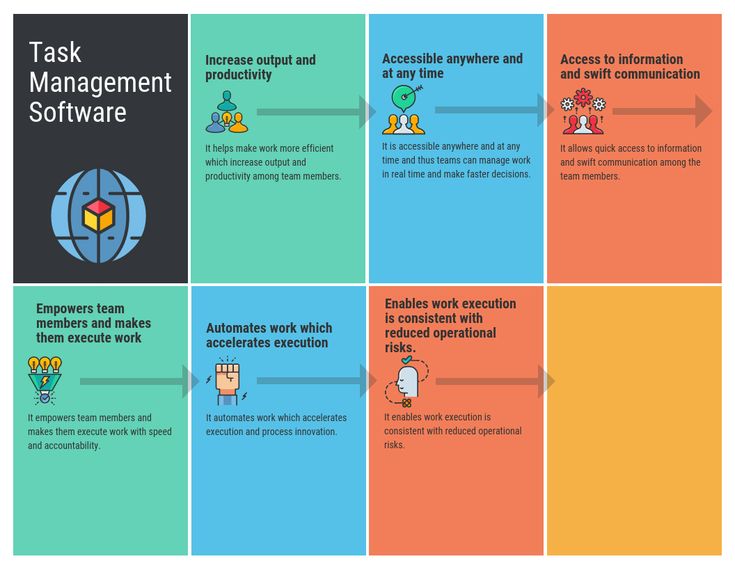 Today, audio is becoming an increasingly important part of mobile devices due to the popularity of Airpods and the growing role of audio in interfaces.
Today, audio is becoming an increasingly important part of mobile devices due to the popularity of Airpods and the growing role of audio in interfaces.
Clubhouse is for voice communication only. The voice is a special means of communication. Without a camera, you don't have to worry about eye contact, what you're wearing or where you are.
The founders of the social network speak
- There is no separation between speakers and audience: users can listen and speak. It is this blurred line between content creator and audience that is critical to Clubhouse's strategy.
- The company explicitly states that its audience is "people from all over the world", emphasizing the global and inclusive nature of its community. nine0147
Product strategy
When you launch the application, you see "rooms" where people talk. All rooms are open so you can go in and out and listen to who is talking about what.
This is how the founders of the social network describe the applicationYou enter each room as a listener, but if you want to speak, you can simply raise your hand and the speakers will give you the floor. Or you can create your own room. Here you can chat with friends and meet people from all over the world, tell stories, ask questions, argue, learn and have impromptu conversations on thousands of different topics
Product development plan
Based on the formulated product strategy, the project team can develop an accurate development plan. What items it can include:
- Show friends who are currently in the room to help the user choose where to go.
- Facilitate the transition of the user from the audience to the speakers.
- Create a detailed profile description so people can explore speakers and audience members. nine0147
- Allow users to search rooms by interest.
- Give tools that moderators and speakers can use to engage the audience.

As a result, progress can be traced from an ambitious mission to achievable development plan items, each of which reinforces the company's strategy.
Product Goals
To measure the statistical progress of a product, you need to define goals. For Clubhouse, they might be:
- Maintain an average speaker-to-listener ratio of 1:10. nine0147
- 50% of new members come into a room with one or more people on their contact list.
- 80% of daily active users have the opportunity to speak once a day.
These goals will determine how much the product helps people engage in live communication and meaningful conversations. Goals are defined according to the company's objectives, not in a vacuum.
Based on our analysis, we see that Clubhouse has an excellent, coherent product strategy. Each feature implemented by a company is a brick in a detailed and understandable product and company strategy. nine0003
Time to prioritize
Often on live streams such as Facebook Live and Twitch, the audience can interact with the speaker through chat and reactions.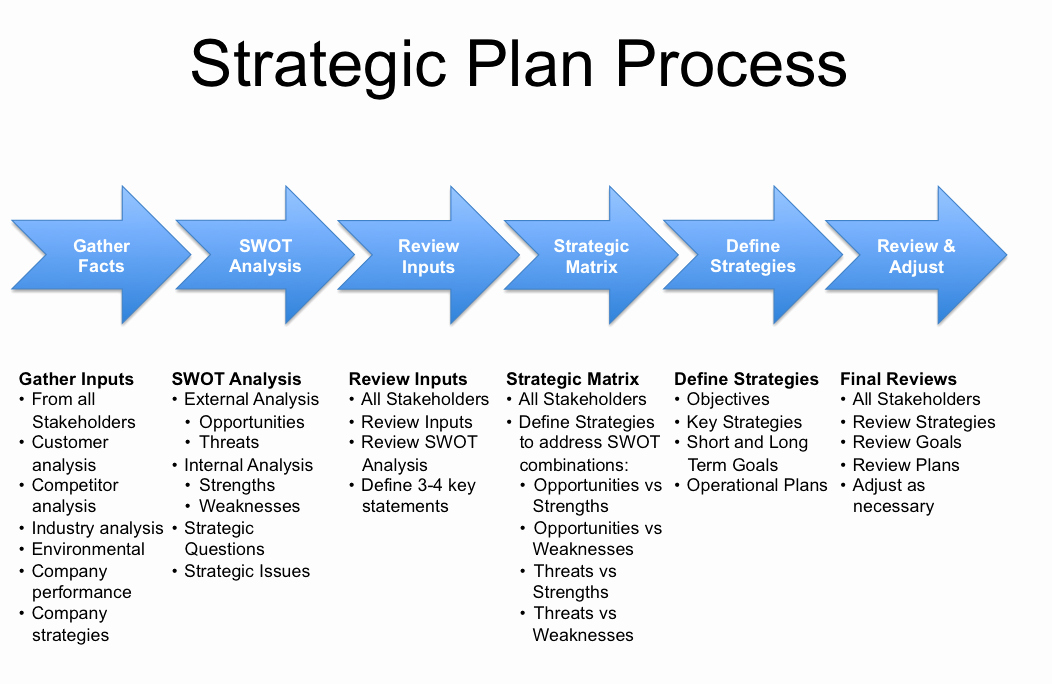 Demand for such a feature is already appearing in the Clubhouse - some participants quickly tap the "Mute" button several times to simulate applause.
Demand for such a feature is already appearing in the Clubhouse - some participants quickly tap the "Mute" button several times to simulate applause.
The stages of developing a Clubhouse product strategy help us ask the right questions:
- Will interactions with the audience lead to constructive communication? nine0147
- How will engagement with the audience support or go against the product strategy of Clubhouse as a voice chat?
- Will engaging with the audience help bridge the gap between speaker and audience?
- Will Clubhouse become more or less inclusive through audience engagement?
The product strategy development sequence does not answer these questions. But it reveals the general principles by which an answer can be found that is consistent with the company's mission and strategy. As a result, the company does not just abstractly think about new features, but considers each one as a step towards a brighter future. nine0003
Product strategy built - what's next
The product strategy development sequence is just the beginning.